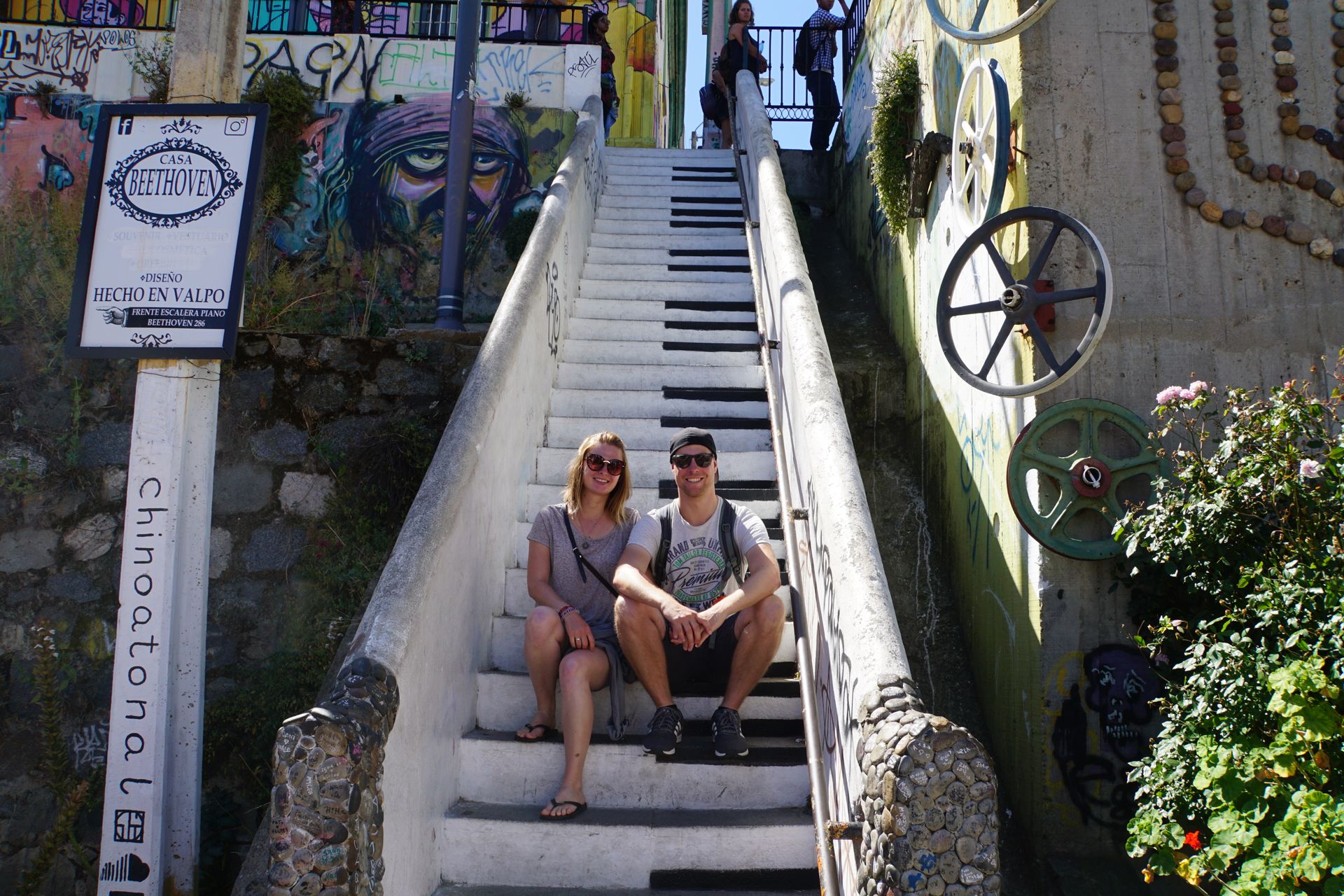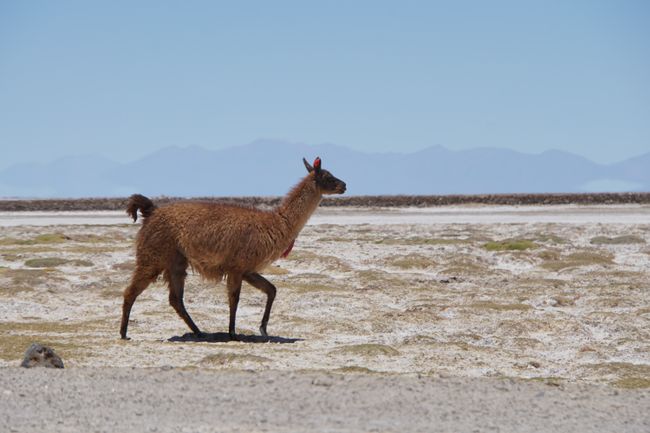Tongariro Alpine Crossing and Hobbiton Movie Set
Опубликовано: 26.02.2019
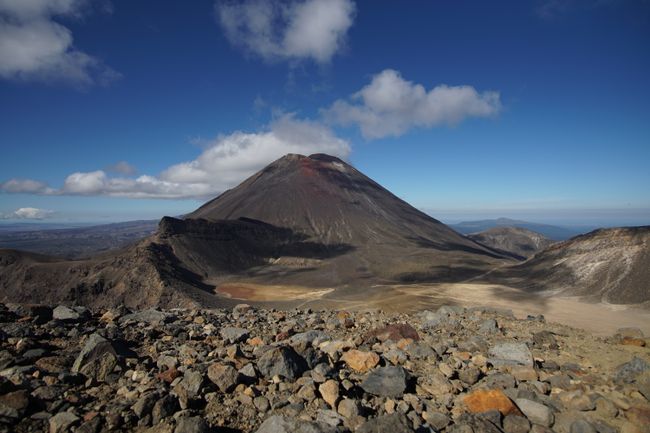
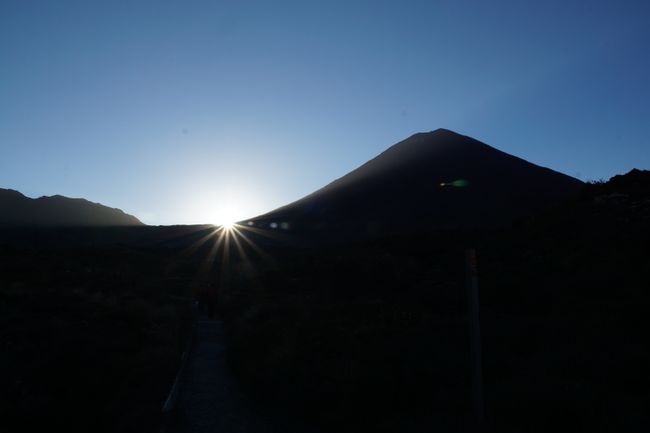
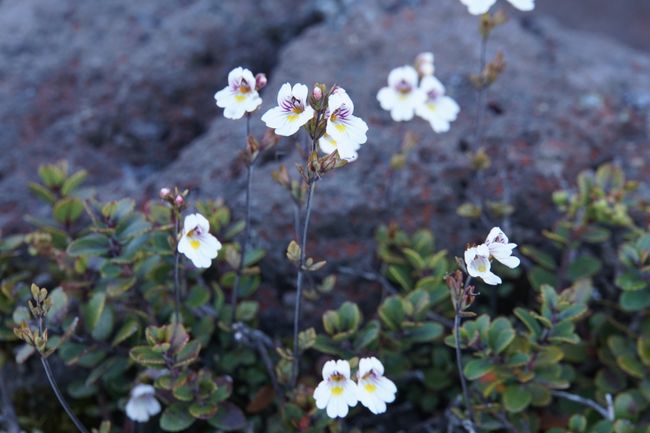
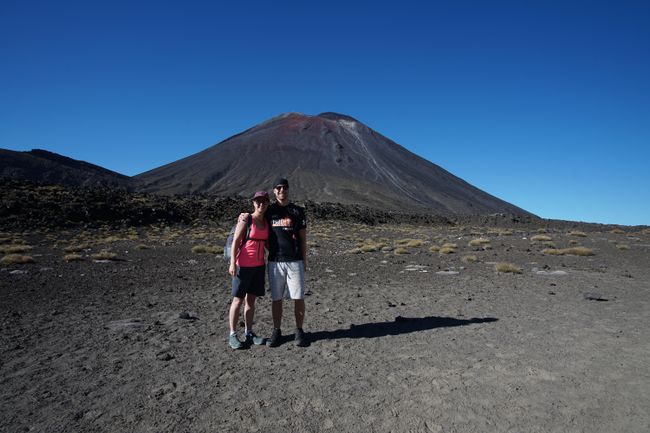
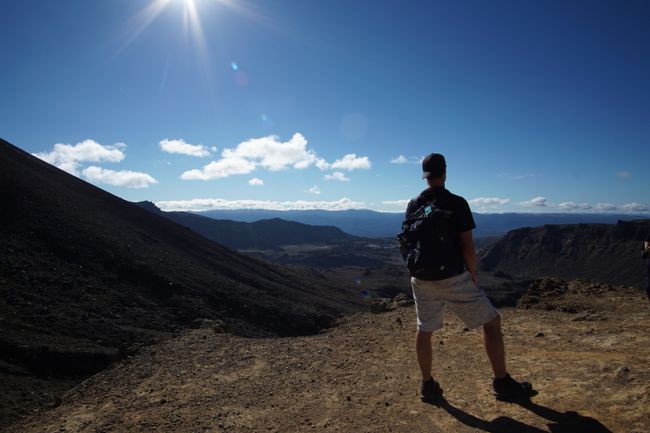
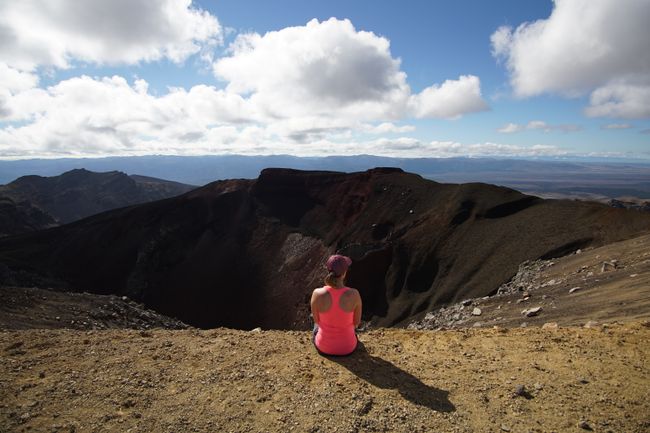
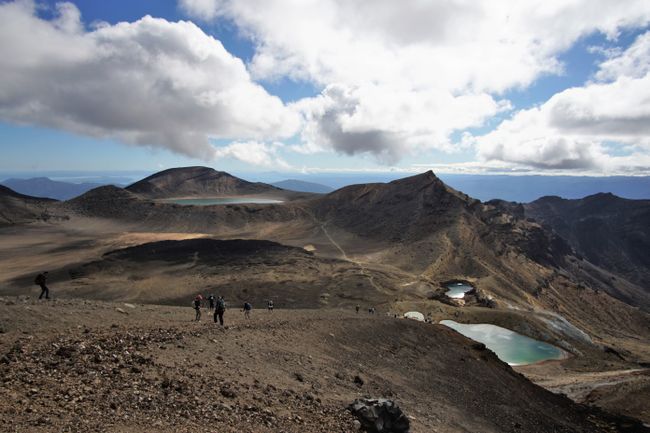
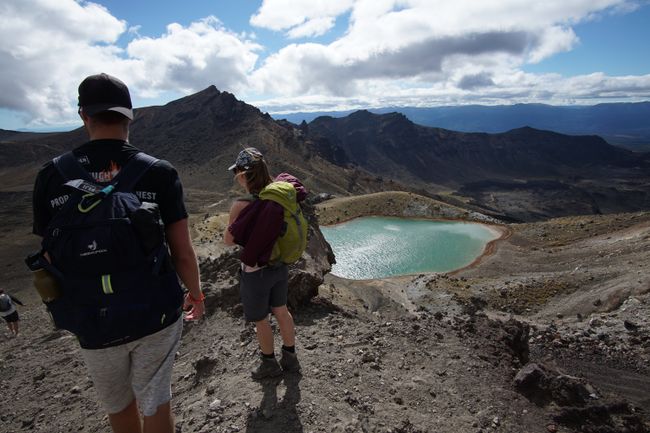
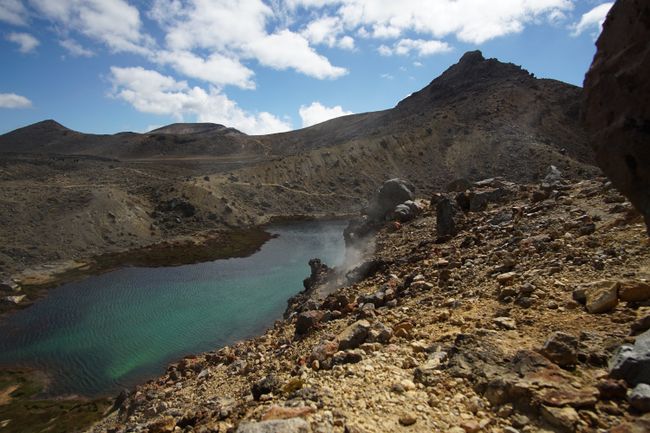
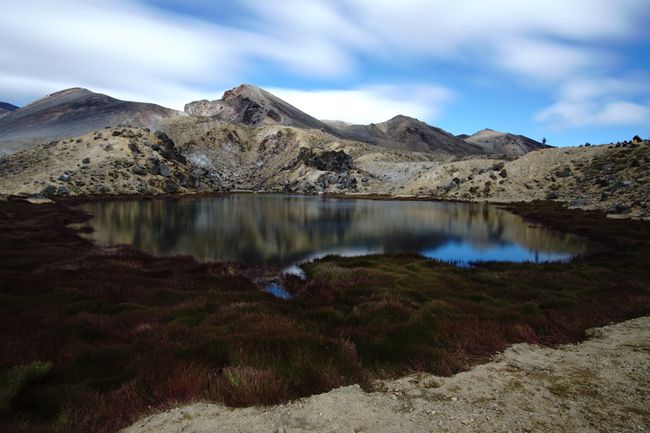
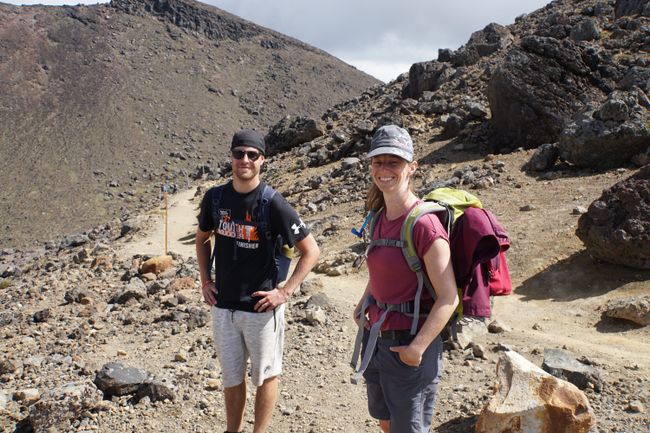
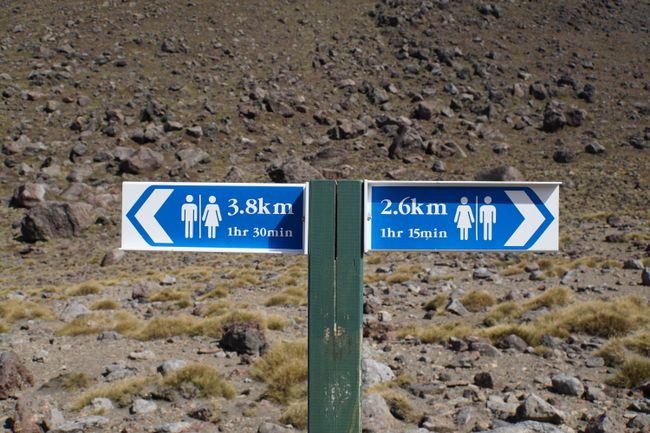
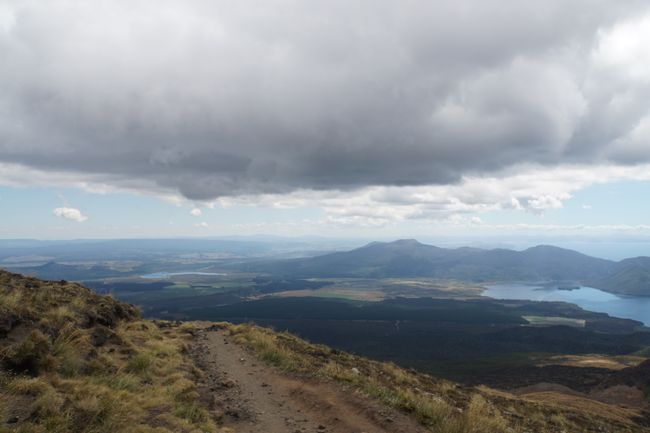
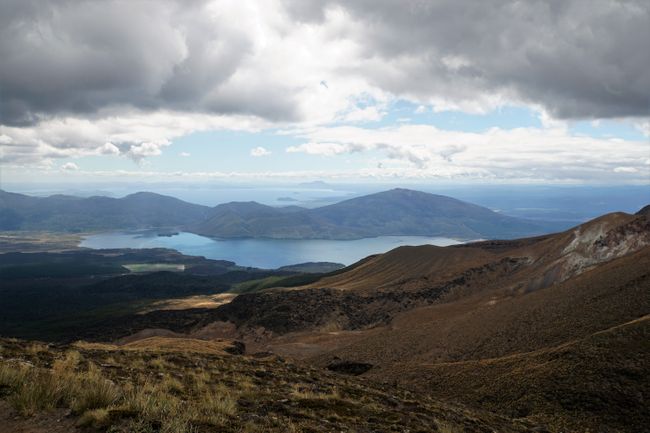
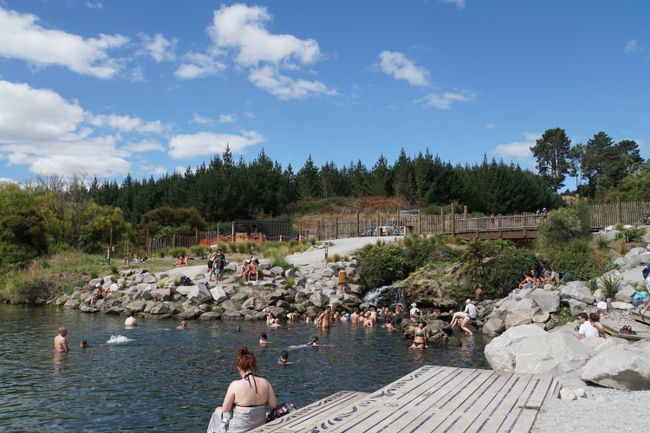
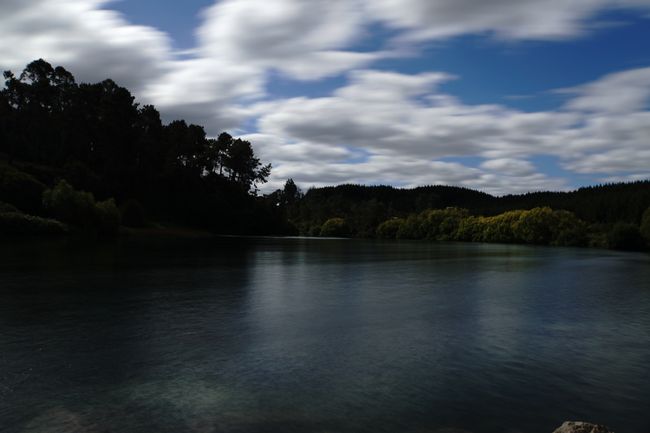
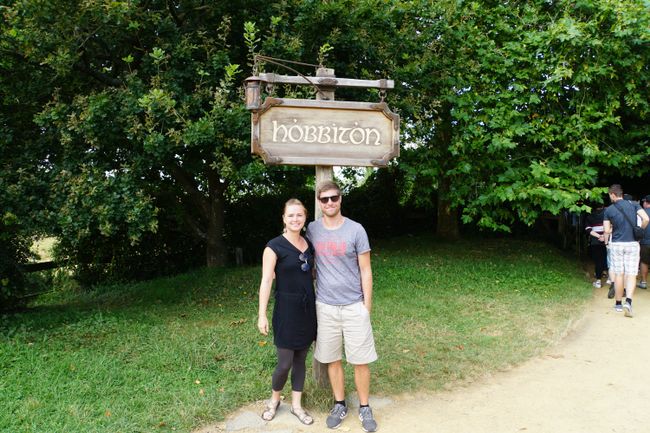
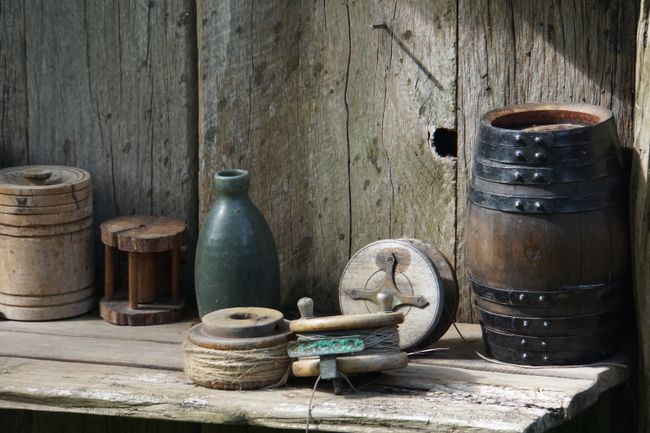
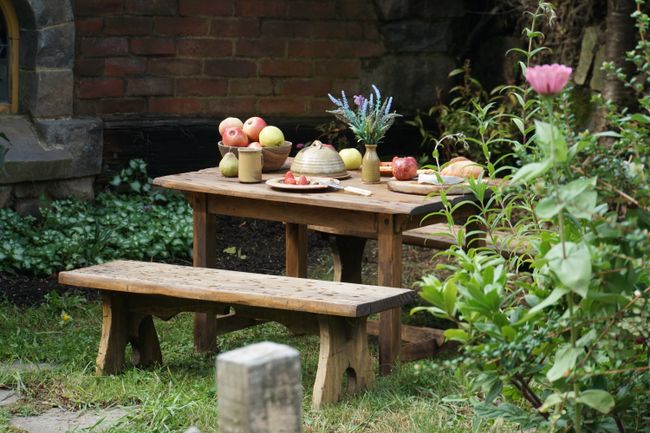
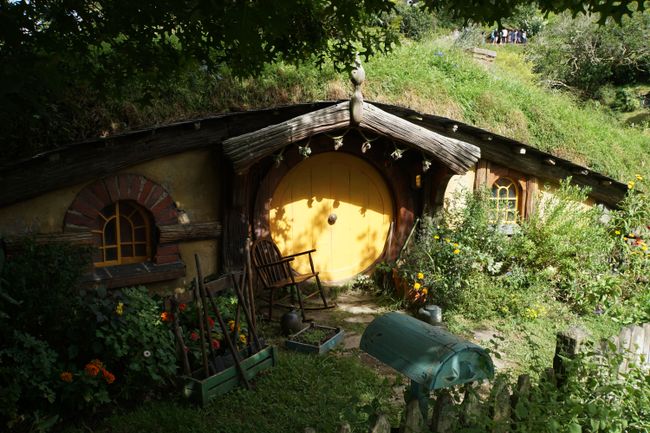
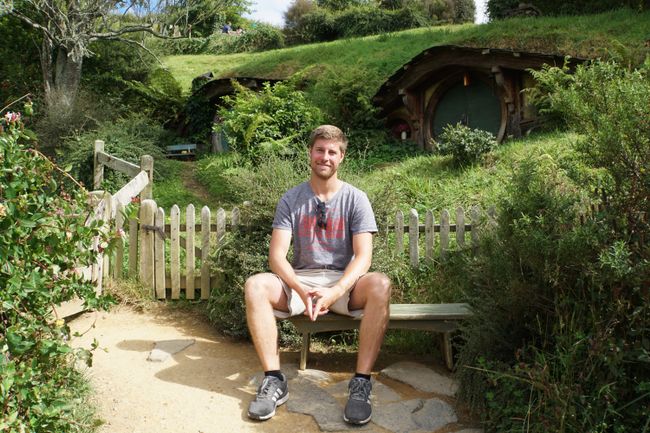
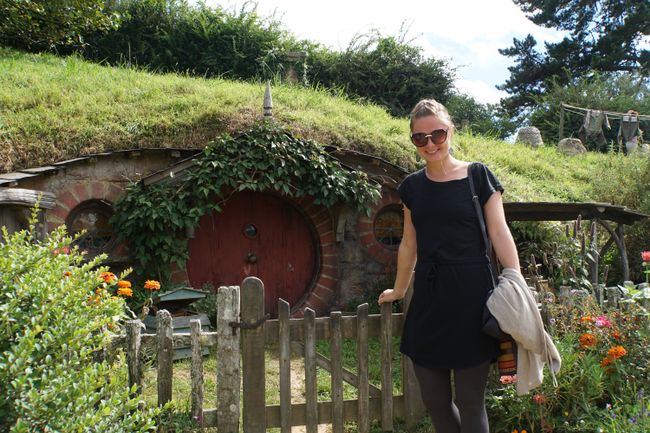
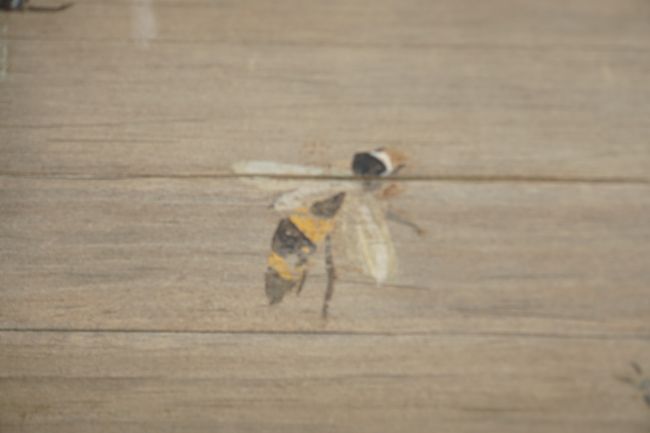
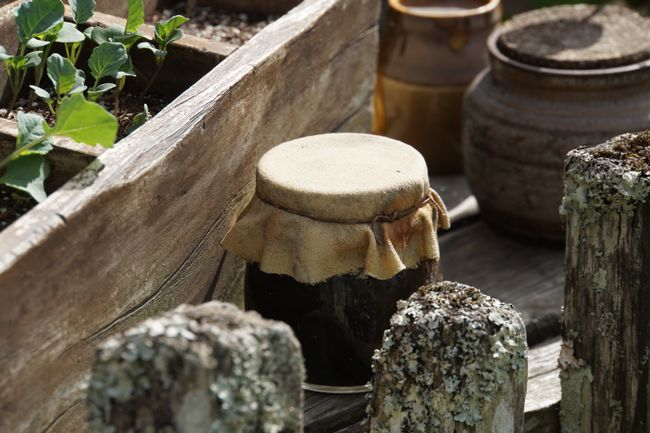
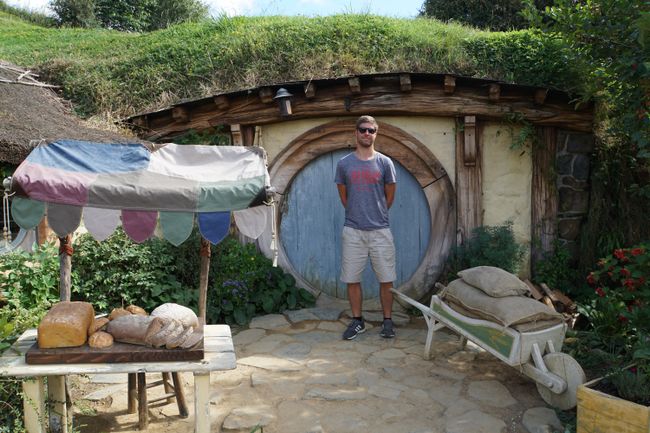
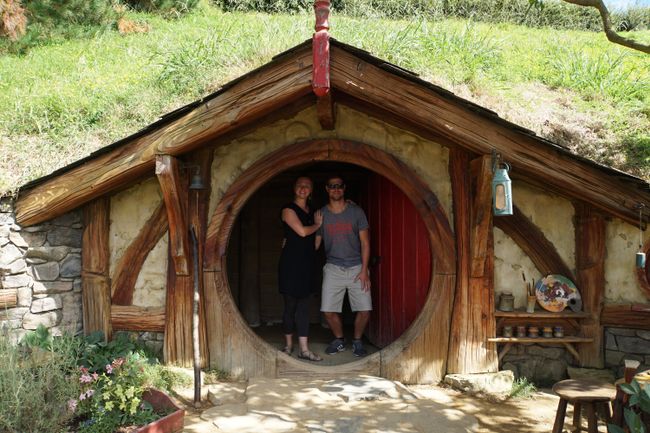
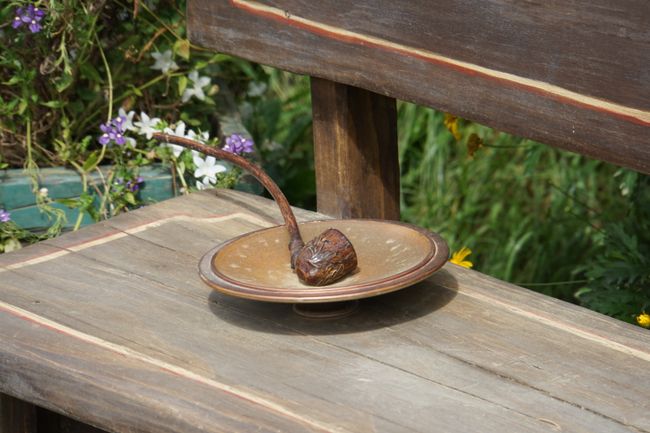
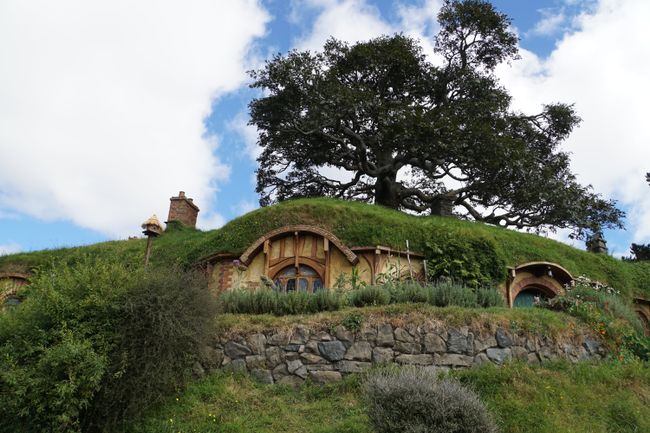
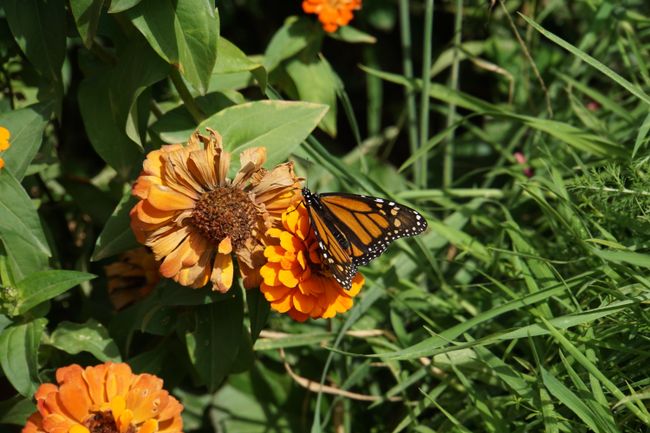
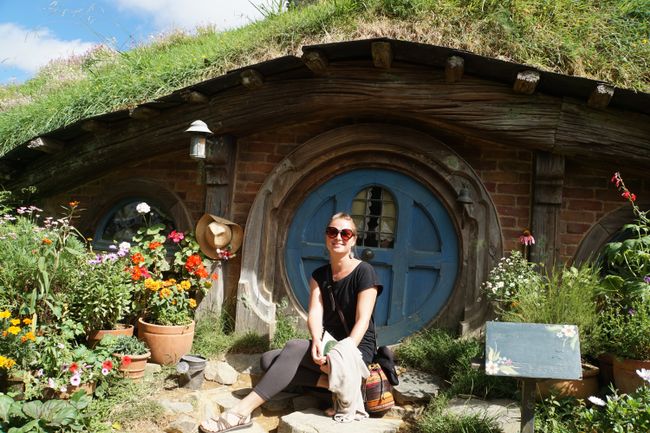
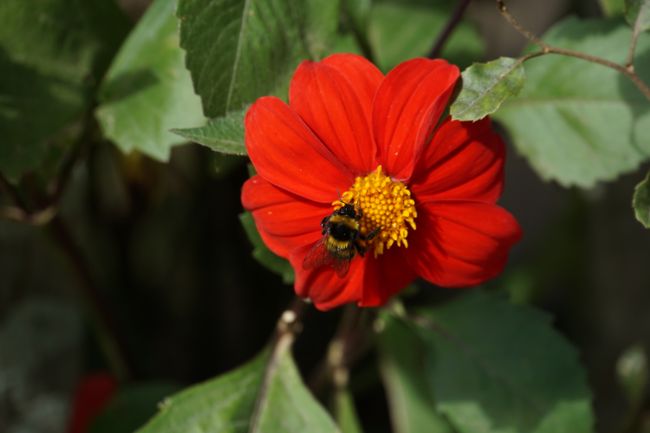
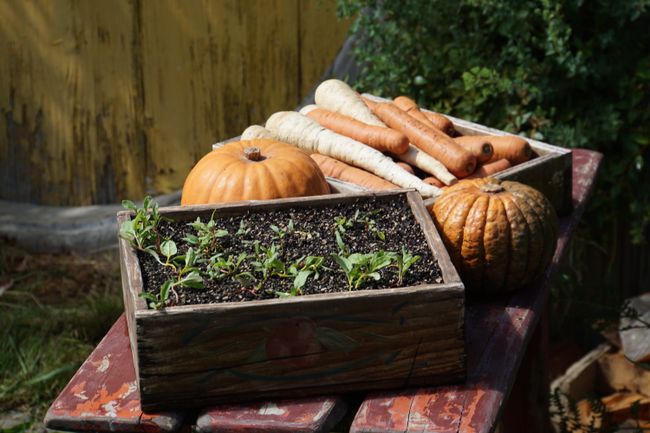
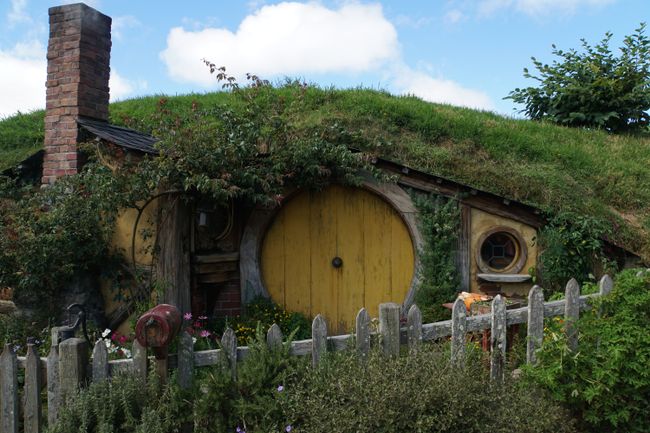
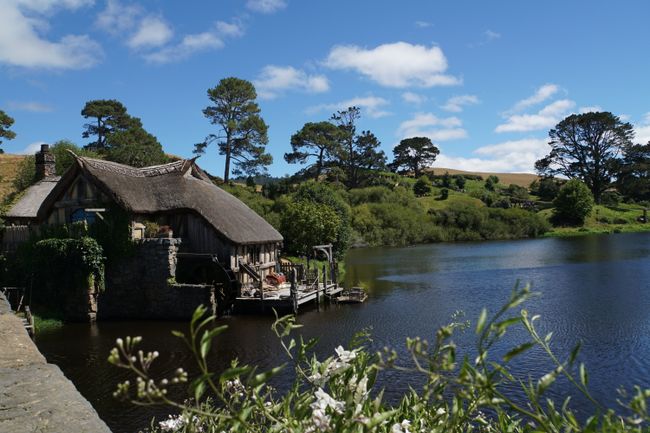
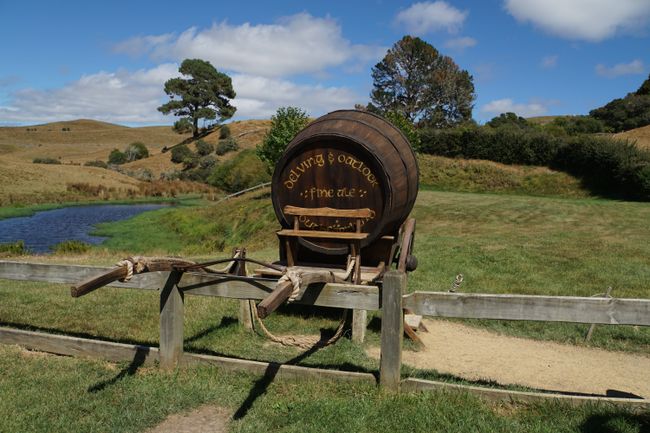
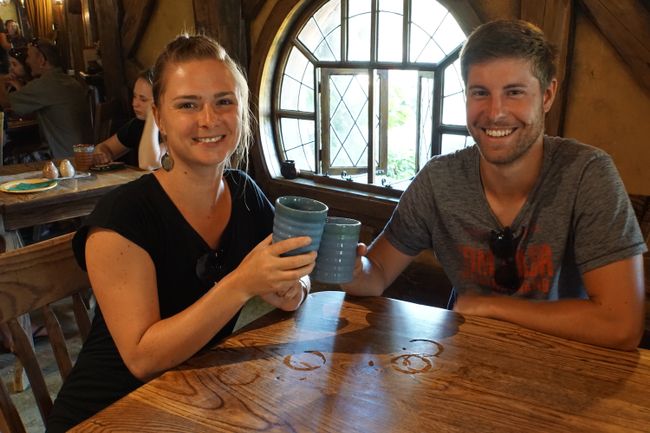
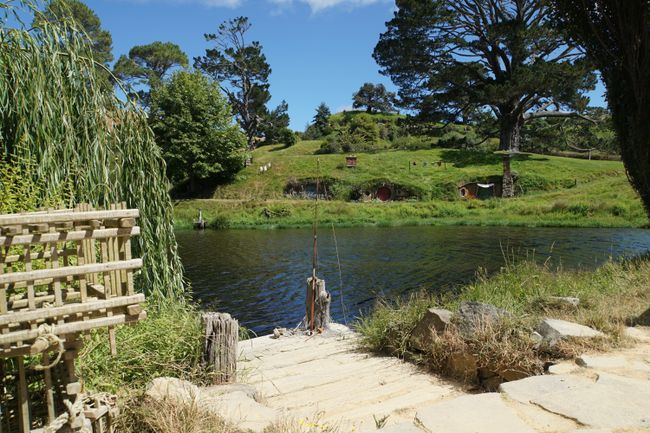
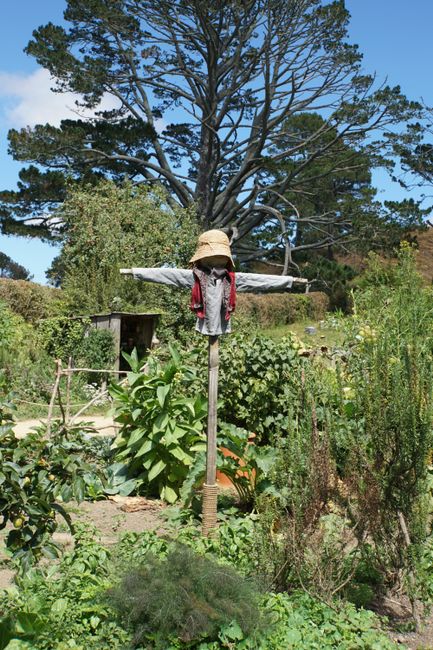
Подписаться на новостную рассылку
The Tongariro Alpine Crossing hike in Tongariro National Park is considered one of the most beautiful day hikes in New Zealand, according to the guidebook. Therefore, it is not surprising that this tour is also on our program. One day before, we arrive in the evening at the campsite near the national park. At the reception, we find out that we can no longer book a shuttle for the next day, which takes us to the starting point of the trail and picks us up at the end of the trek. However, we are told that we should show up in the morning on the parking lot and inquire, usually there are still seats available and if not, a new shuttle will be ordered to the parking lot and we would only have to wait a little longer. So the next morning we arrive at the parking lot at half past 6 and we are lucky to still get a seat in the shuttle. At 7 o'clock we are dropped off at the beginning of the trek and the driver wishes us a pleasant 7-hour hike. With clear, blue skies, we have the best conditions for the hike. At the entrance of the trek, we meet Lisa from Frankfurt and after a short chat, we join together to form a small hiking group.
The sun is just peeking out from behind a mountain ridge as we start. The Tongariro Alpine Crossing, a 19.4km hike through New Zealand's oldest national park, is certainly one of the most popular trails in the country - not least because of the role of Mount Ngauruhoe as Mount Doom in the Lord of the Rings universe. It is quite uphill and downhill, as we cross a mountain ridge and have to climb nearly 800 meters in altitude, but the trail is incredibly diverse. We start in the valley between Tongariro and Ngauruhoe - far from alone. Up to 700 tourists dare to do the trail daily during the high season. So we also walk in an endless chain of hikers, initially often overtaken by faster runners, and eventually find our own pace. The crowds don't bother us for a change. On the one hand, the trail is really beautiful, and on the other hand, we get along very well with Lisa and chat non-stop.
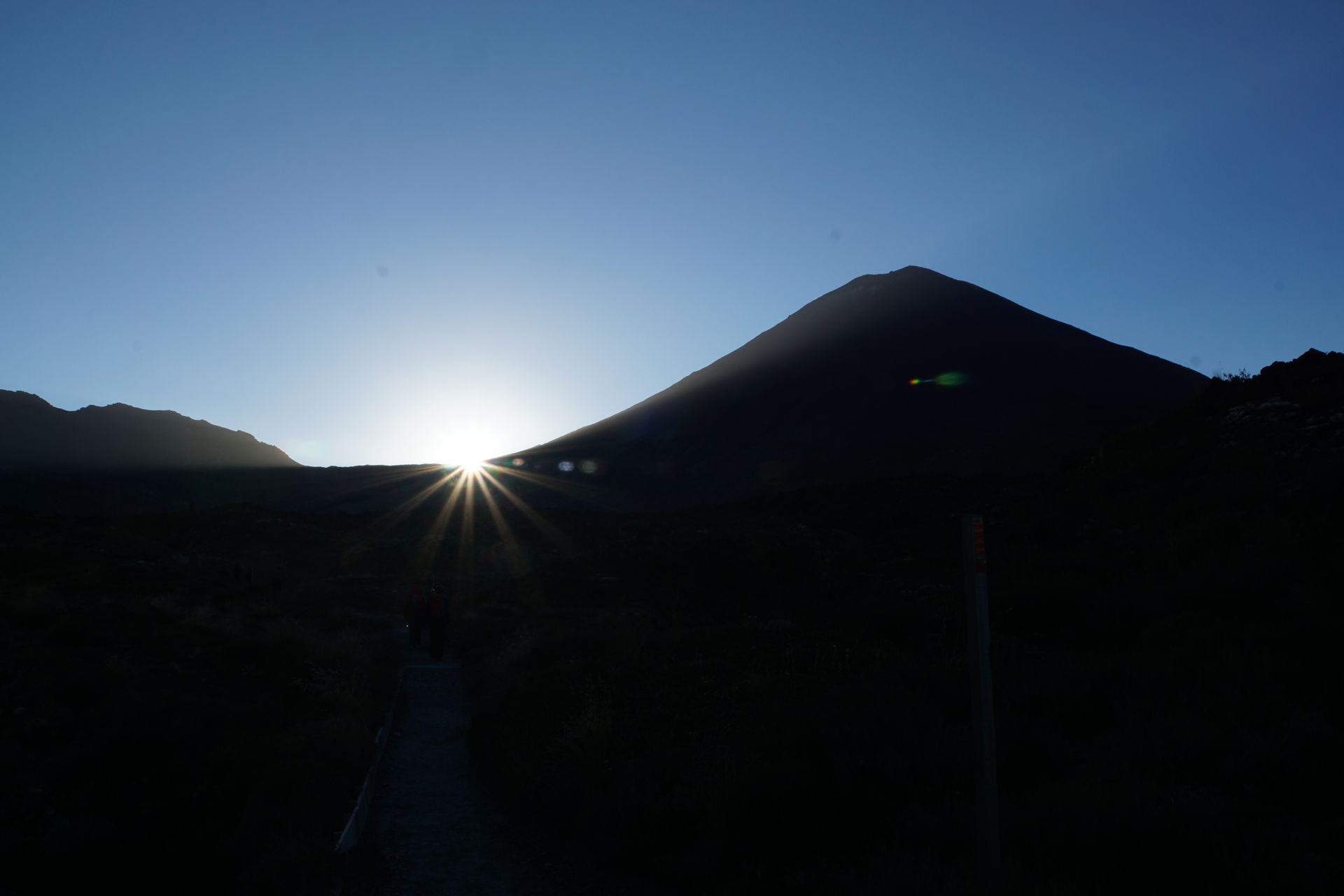
The climb through the Mangatepopo Valley toward the South Crater of Tongariro begins quite leisurely, and we can repeatedly look back at the perfect cone of Mount Ngauruhoe.
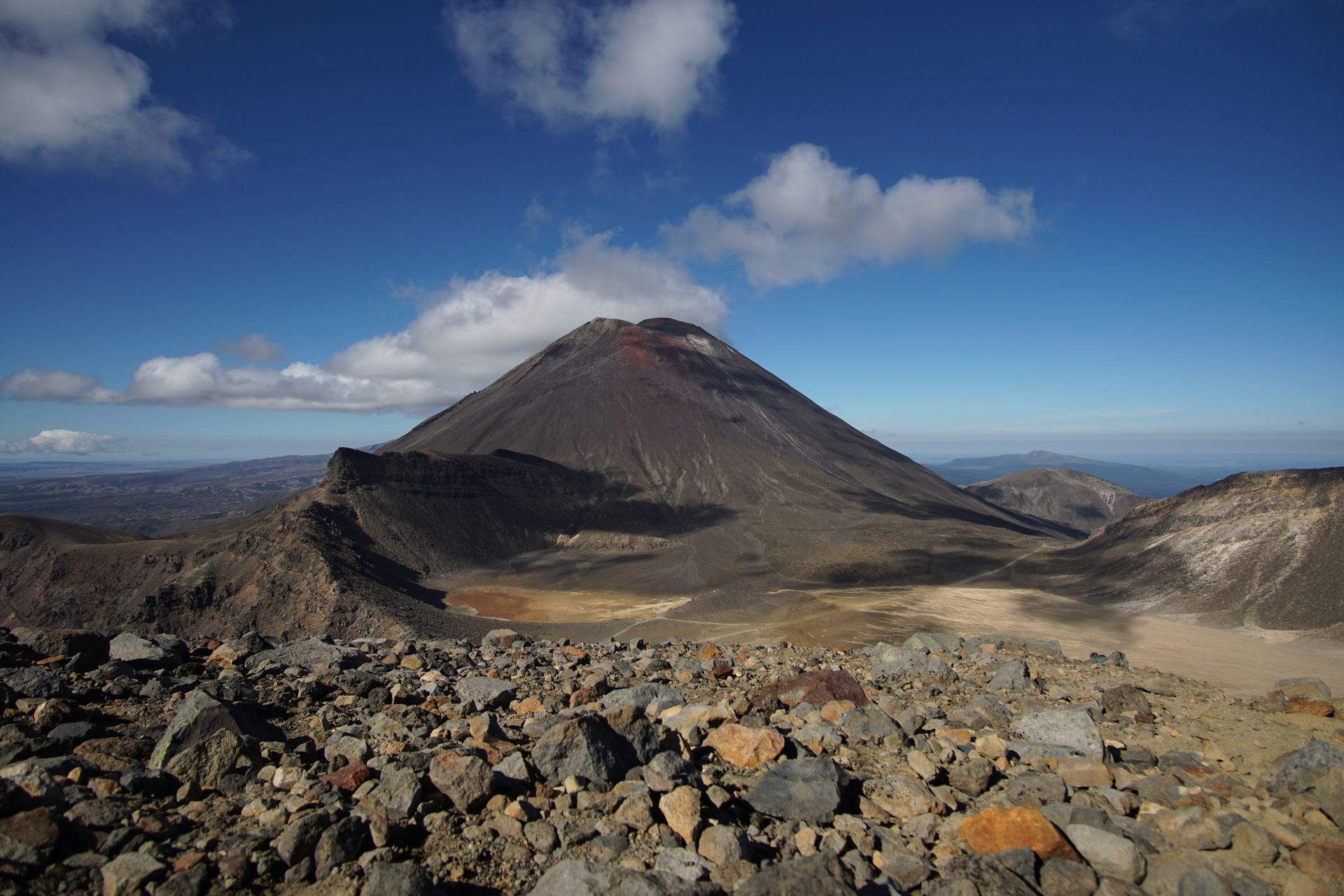
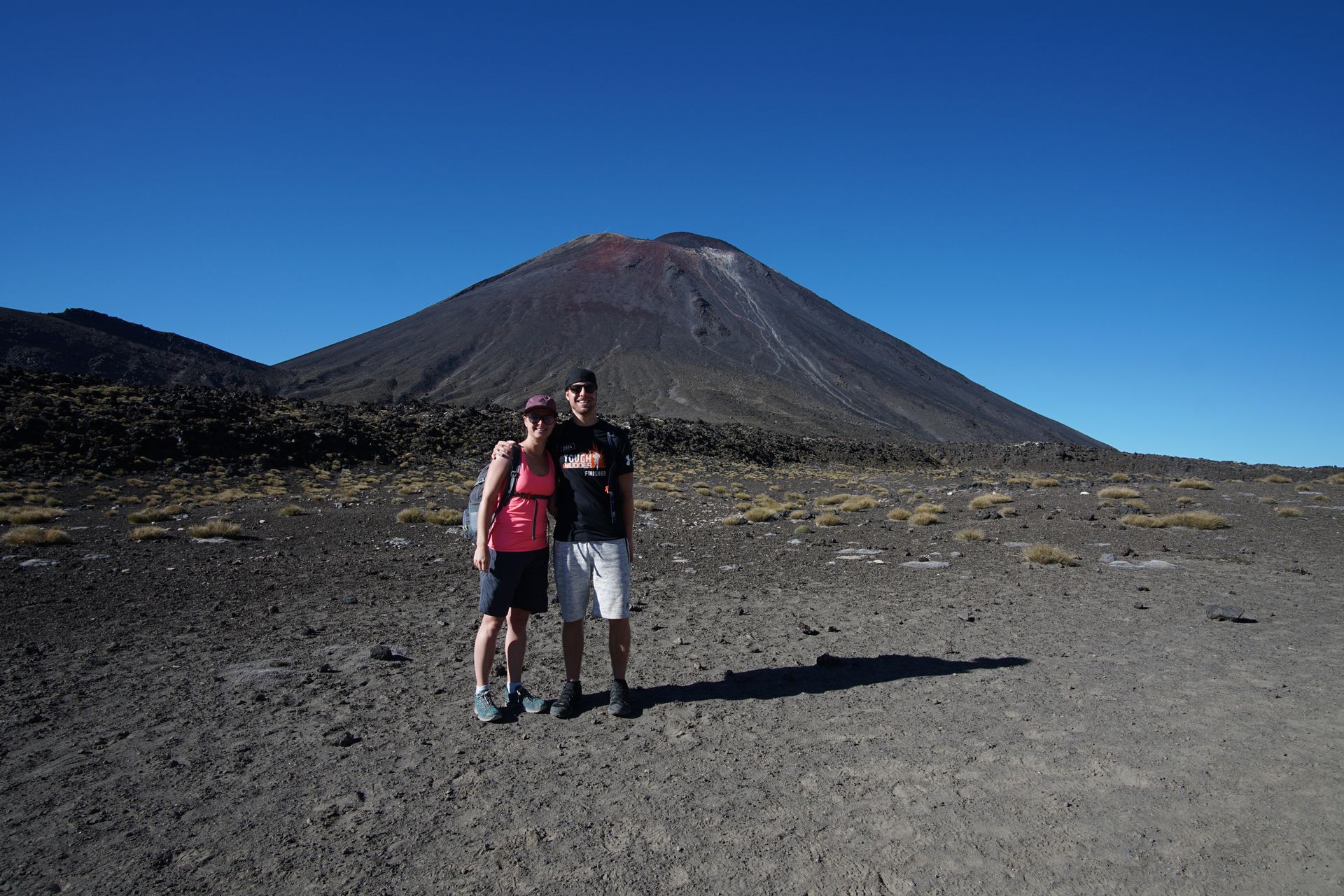
We continue uphill via the Devils Staircase until we reach the Red Crater. Here, we are rewarded with an overwhelming view that more than makes up for the strenuous climb. Fumaroles release their fine columns of smoke into the air, thick steam smelling of sulfur seeps out of cracks in the ground, and yellow sulfur nests between the black and red volcanic rock prove the volcano's activity at this crater. We can see far into the valley on the other side of the crater, behind the two mountains. On the other side, we see the Emerald Lakes, emerald green mountain lakes, and even the Blue Lake, the dark blue and largest of the lakes, in the distance.
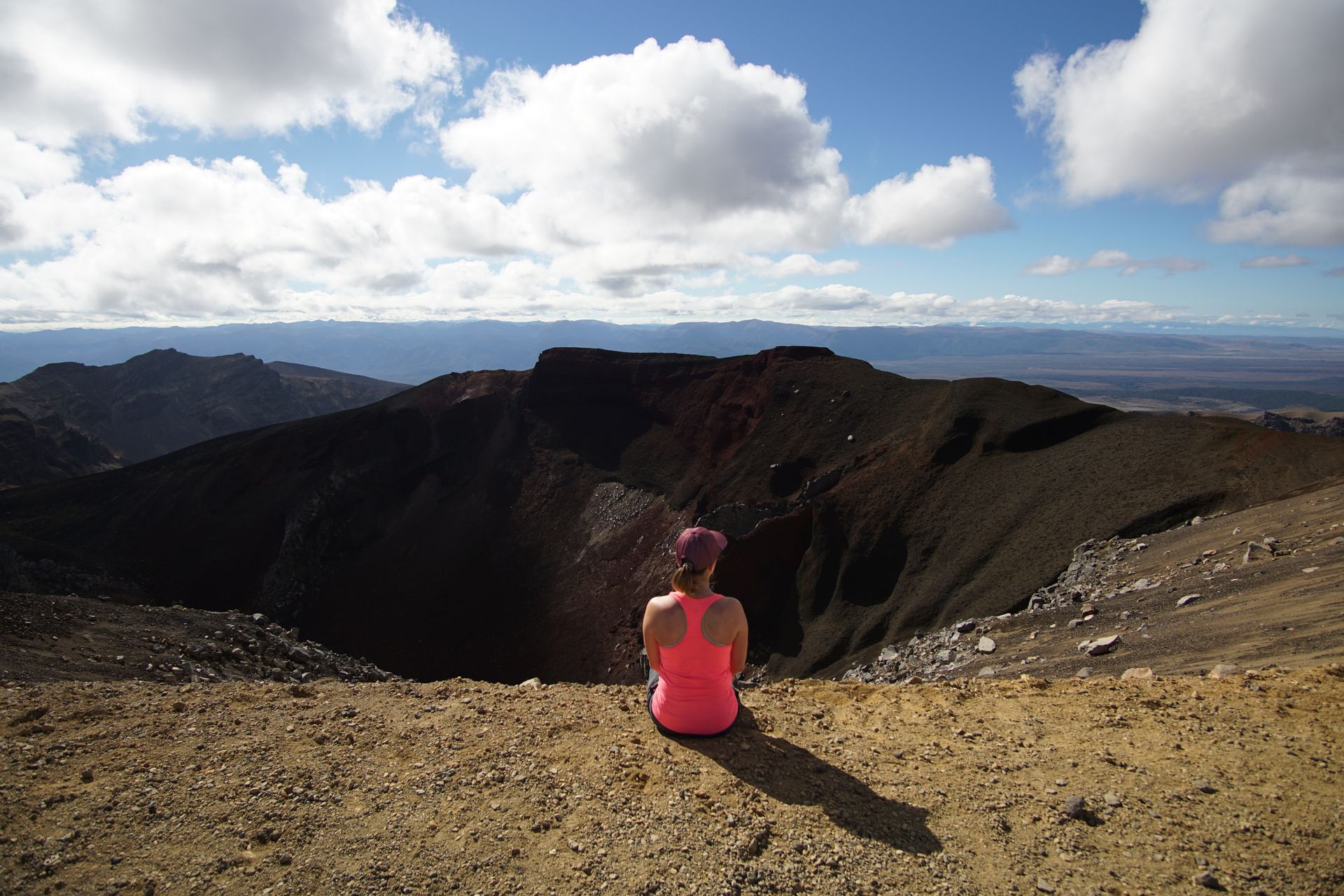
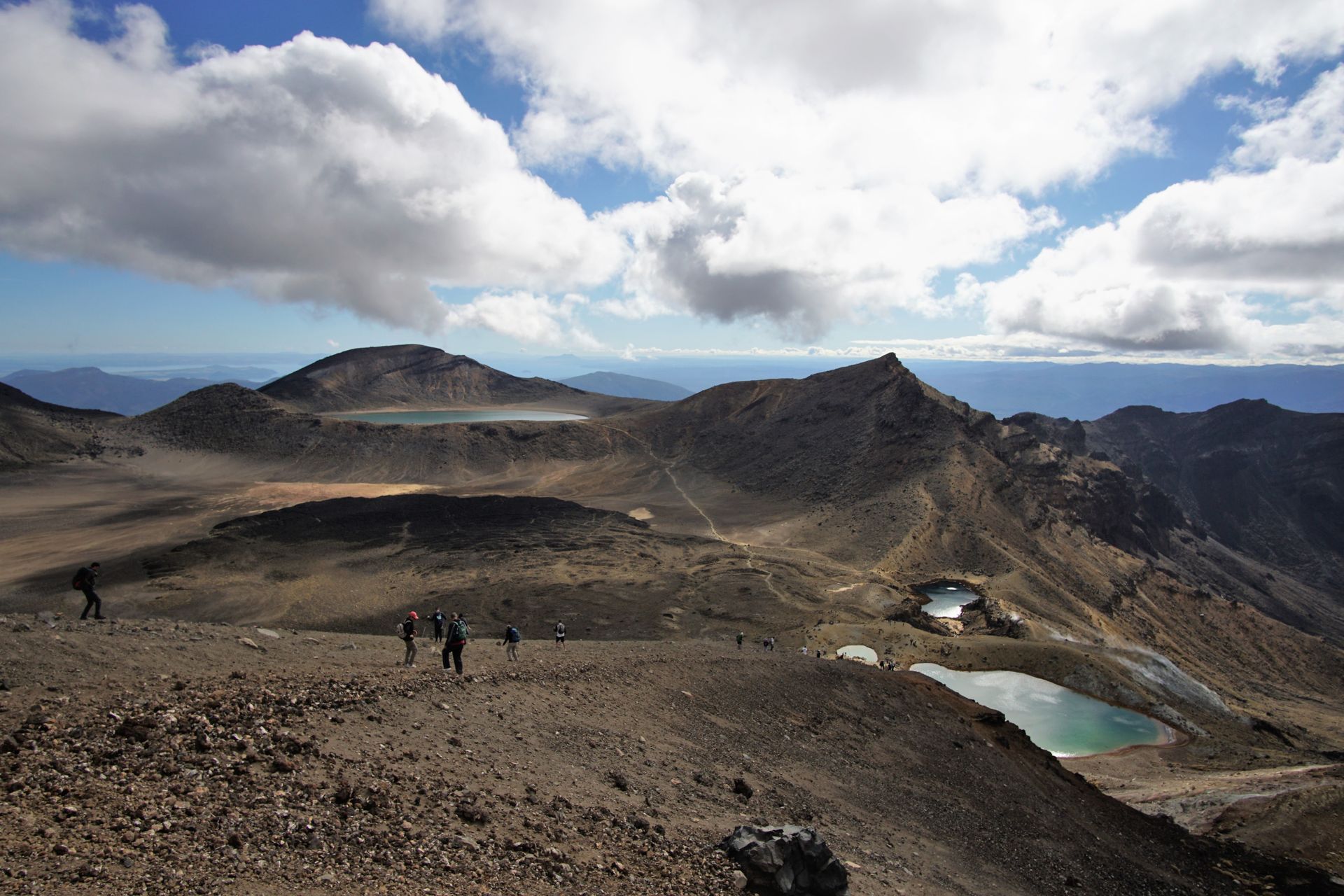
The Emerald Lakes are on the left, in the distance the larger Blue Lake
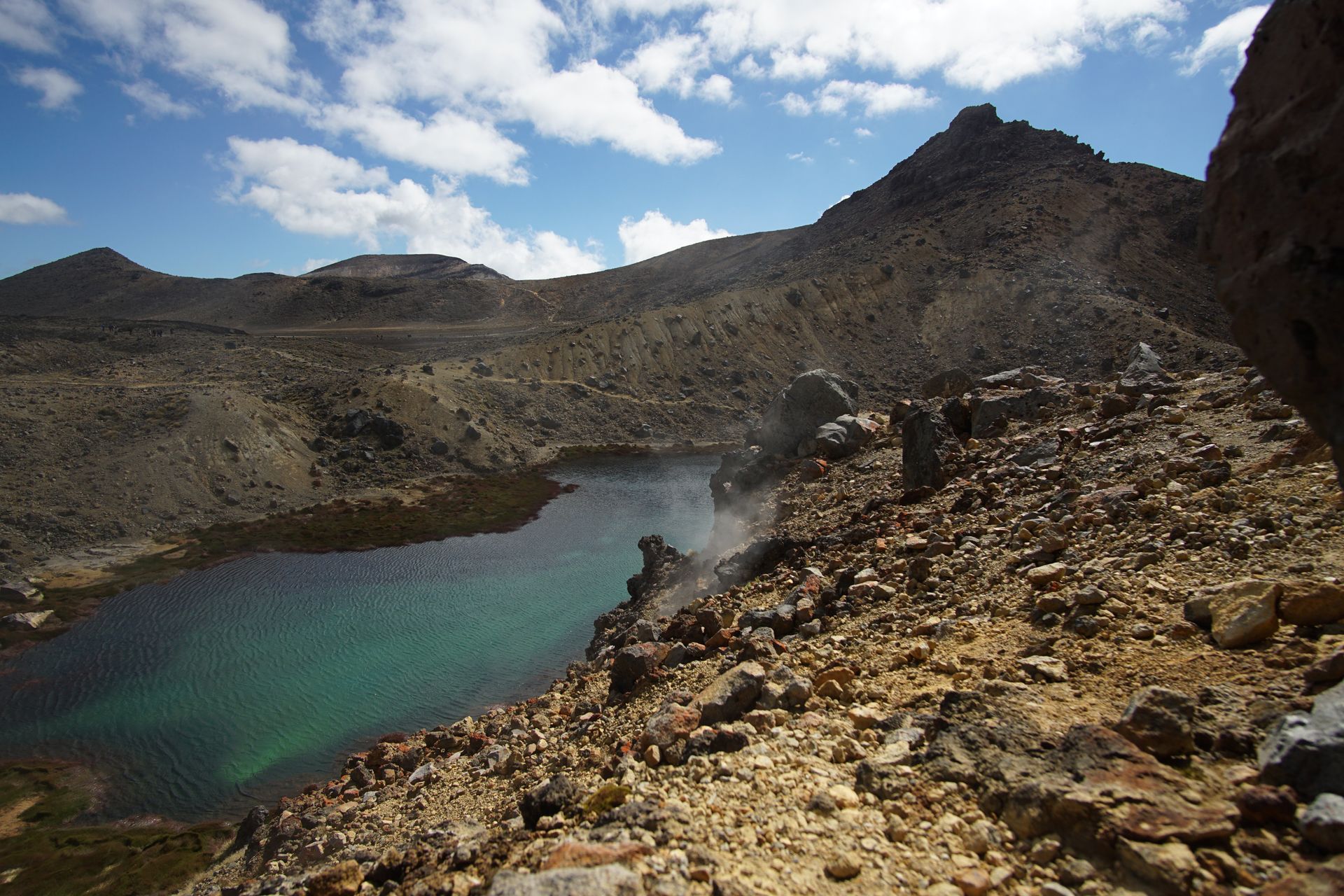
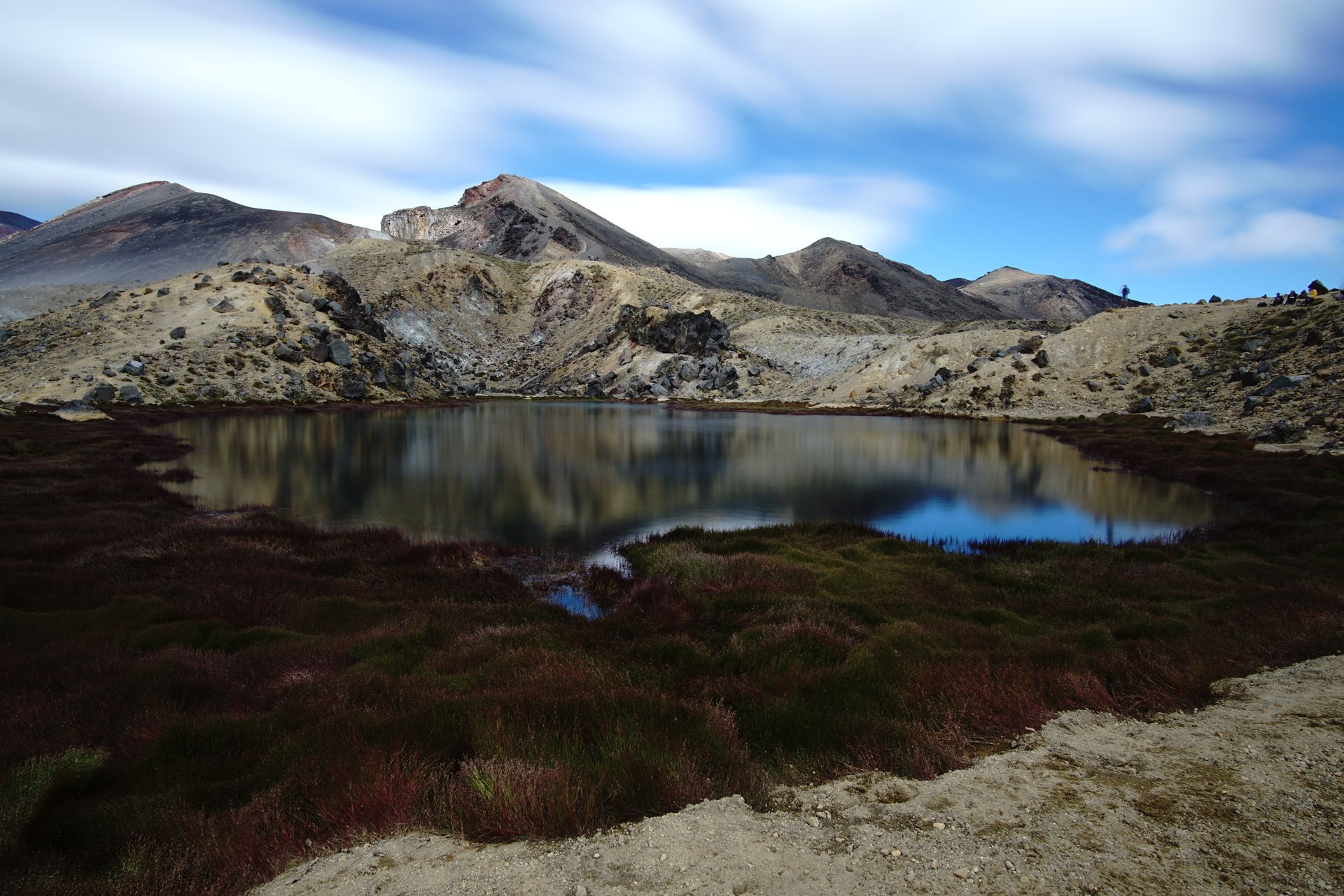
After passing the Blue Lake, the descent slowly begins. We take our time. After all, we have too much food with us. And also too much equipment. The DOC (Department of Conservation - responsible for nature conservation) seems to try to accommodate all the fitness levels of the many tourists and focuses on deterrence for the completely unfit and caution for the others when describing the trail. We were warned about winter conditions at the pass and a long, exhausting day. Of course, we also break a sweat when it goes steeply uphill, but we are by no means physically exhausted, as we had imagined at the beginning of the crossing. The only really strenuous and 'dangerous' part of the hike was the descent to the Emerald Lakes, where we had to struggle through scree and rubble without any grip, without slipping. A hiking pole would have been helpful here. Sunglasses and water are on the DOC's checklist - these things can really be forgotten.
(A little anecdote on the side: As everywhere in New Zealand, we are also positively impressed by the incredibly good sanitary infrastructure here! The New Zealanders just know how it's done when it comes to the toilet! Even the masses of tourists are well taken care of here, in the middle of nowhere. You cannot get lost here, although the path itself is hardly signposted. However, everyone can take care of a certain need as a precaution, without using the inca toilets, which in most of the national parks in South America were unfortunately sometimes used excessively. Environmental protection continues here as well.
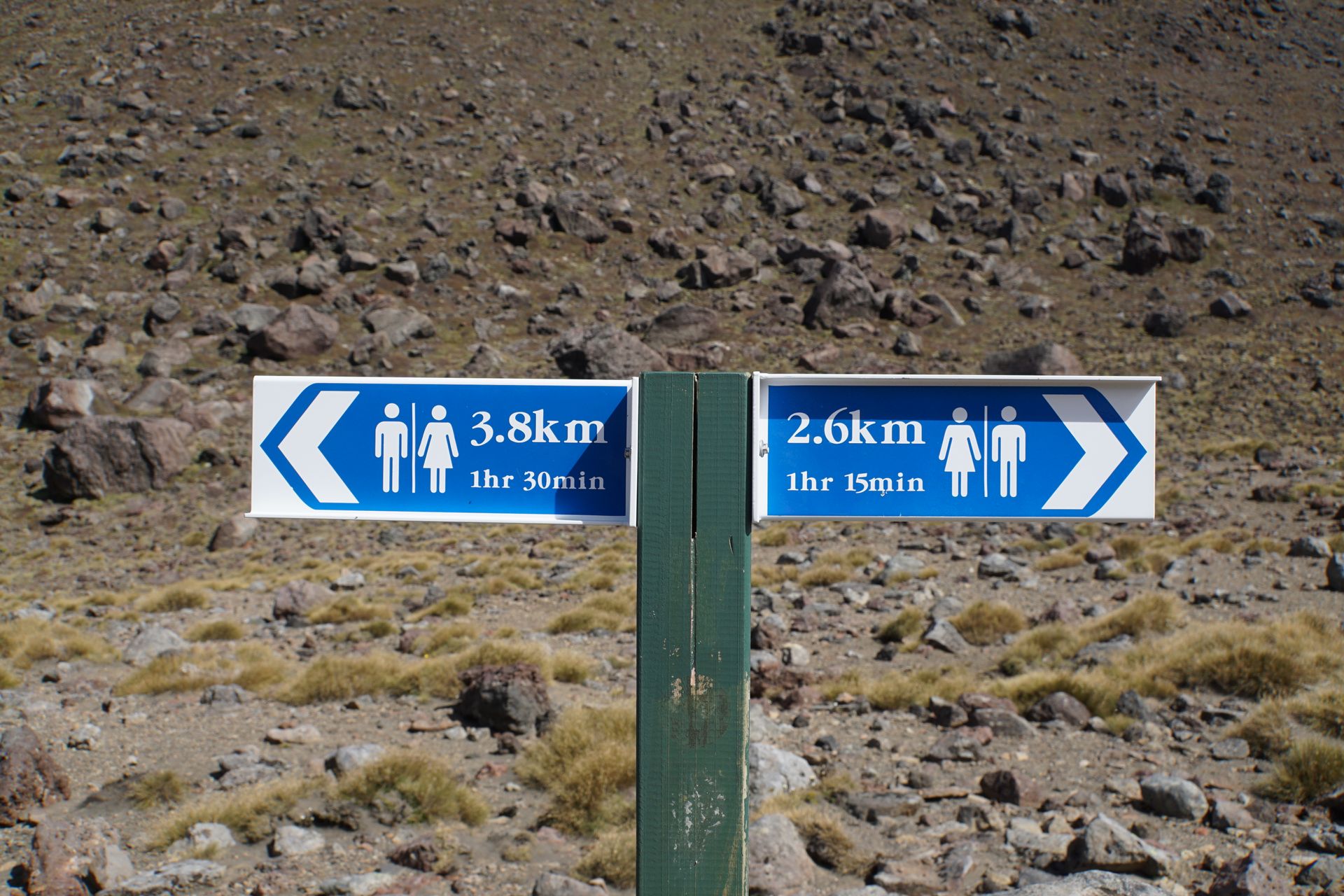
Well, better that way than the other way around. On the way down the northern side of Tongariro, we occasionally take in the wide view. After about 7 hours, we reach the car park, where the shuttle is already waiting for the last hikers before returning to the campsite.
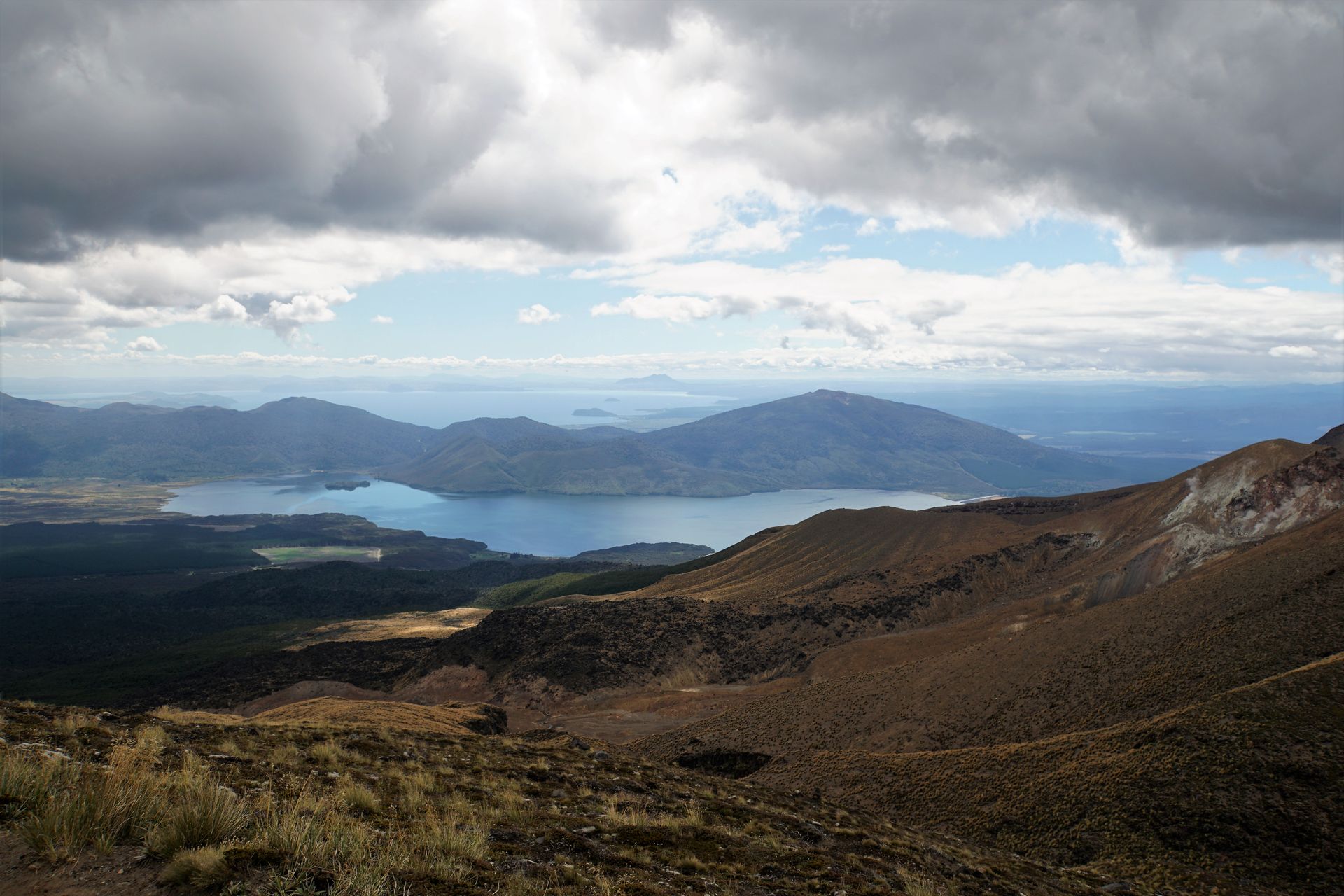
Back at the campsite, we spend the afternoon and evening with Lisa and Gabi, a Dutch girl who is traveling through the country after a semester abroad. In the evening, we have dinner together and enjoy a delicious pasta with chorizo and olives, and a side salad with avocado. This is the way to go!
The next day, we have made plans with Lisa to drive to Taupo, a small town southwest of Rotorua, together. Since Rotorua is Lisa's destination and we want to go to Matamata, where the Hobbiton movie set is located, we are already taking the same route. Taupo itself is a rather sleepy little town on the edge of Lake Taupo, which makes it a popular tourist spot. We stroll through the shops a bit and have a coffee. In the afternoon, we decide to visit the hot springs, one of the main attractions here. The location close to the largest geothermal center in New Zealand, near Rotorua, also causes hot springs to shoot up from the ground. Therefore, not far from the city center, a very hot stream flows into the Waikapo River, forming a few hot pools populated by relaxed tourists. We also heat up here. When it becomes unbearable, we swim towards the icy and sluggish flowing river and are wonderfully refreshed.
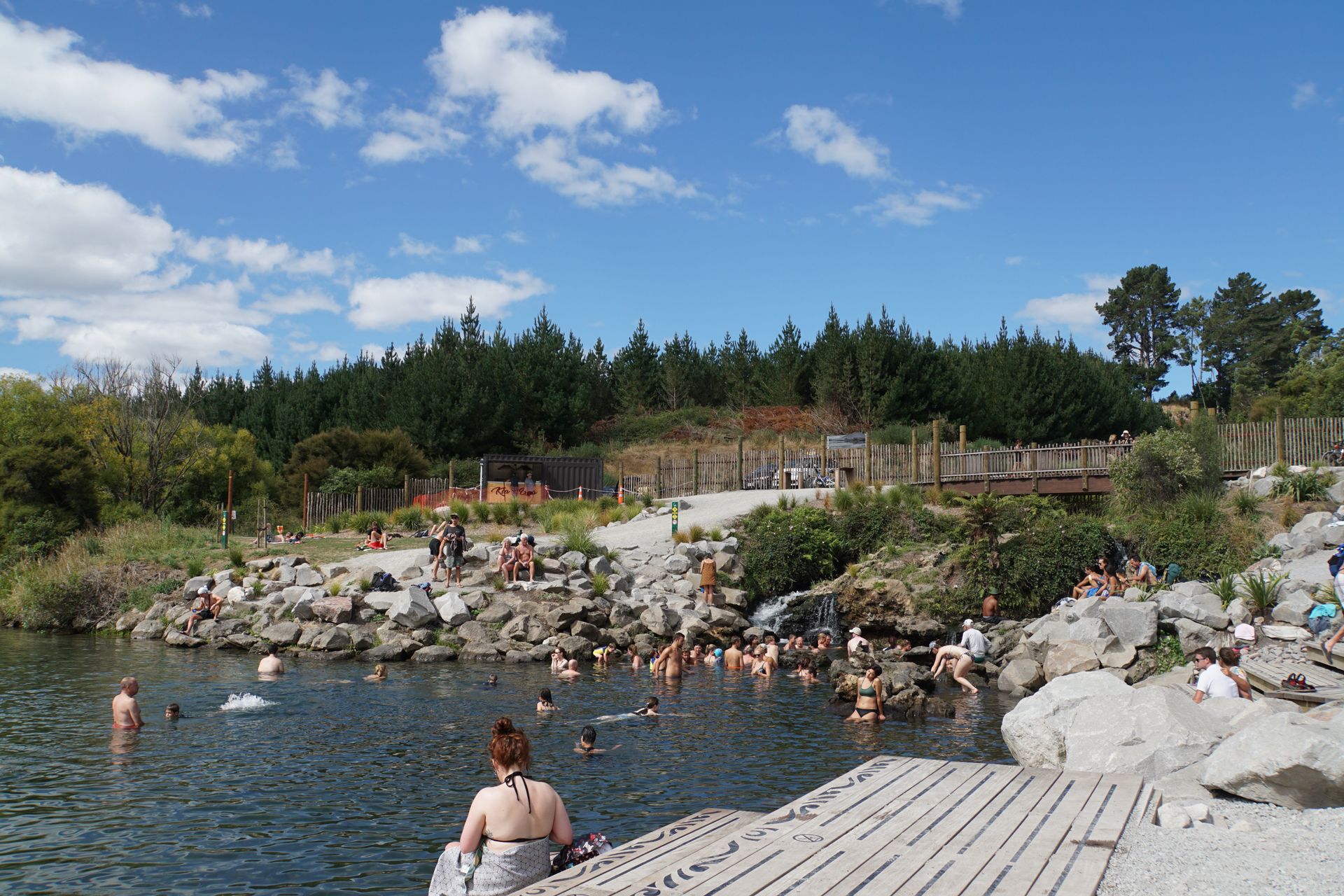
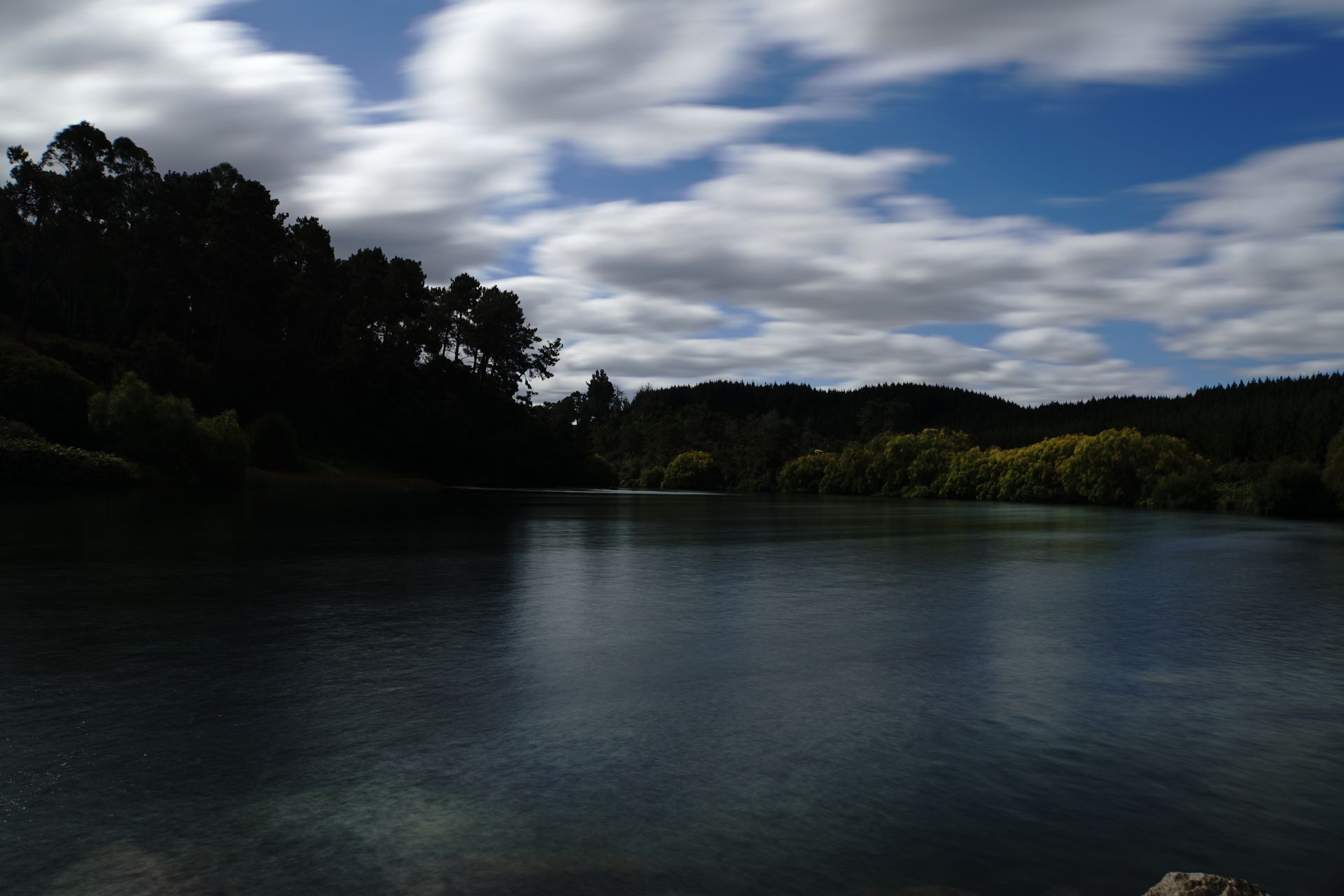
The water here comes out of the ground at over 30 degrees Celsius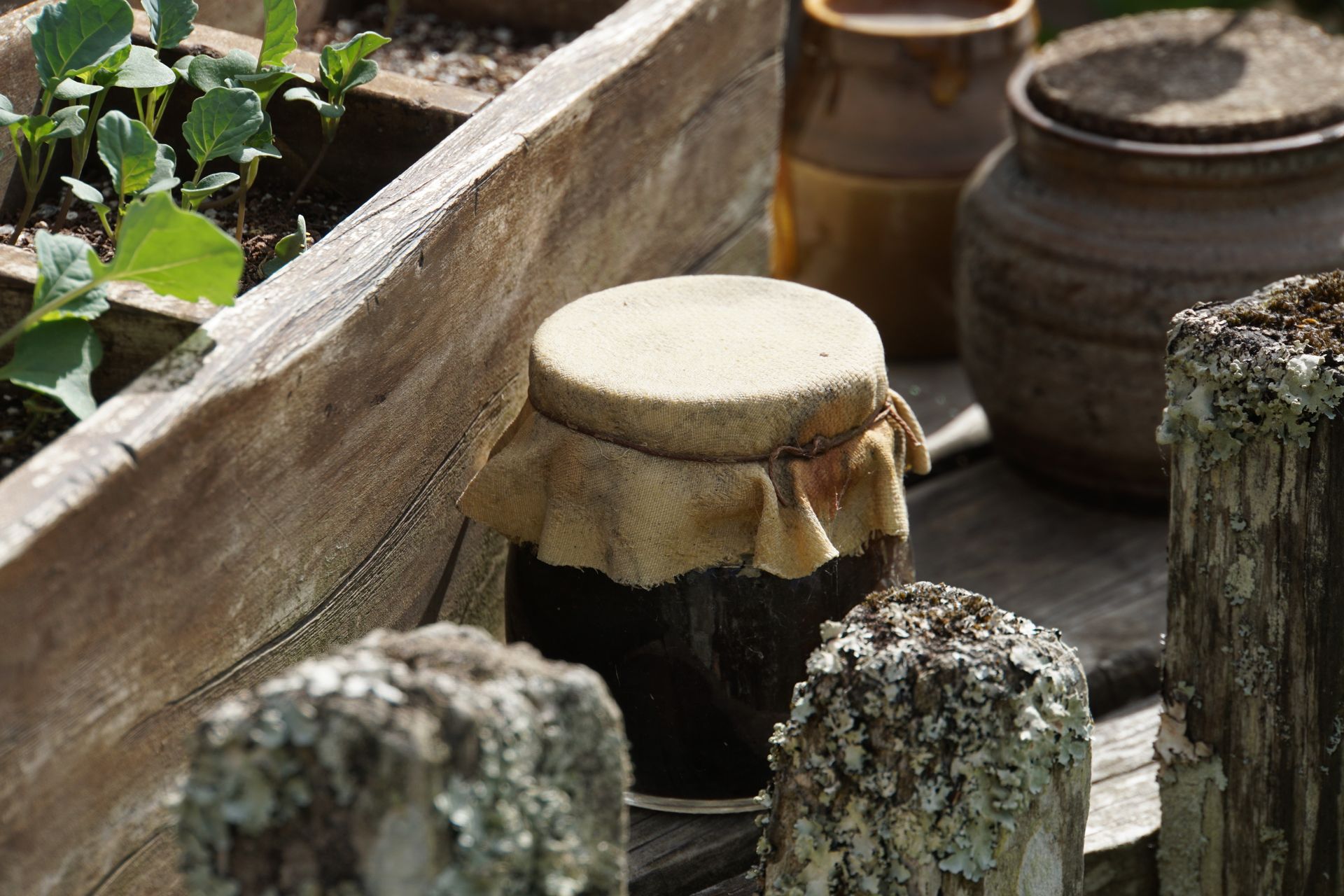
Afterwards, we head towards Hobbiton. The next morning, we have a tour of the movie set from The Lord of the Rings and The Hobbit trilogies. We are staying about half an hour's drive away at a free, therefore rather basic campsite. We start at 10 o'clock.
In New Zealand, there are many places that appeared as filming locations in The Lord of the Rings movies and The Hobbit trilogy. The country, with its green and lush hills (which are unfortunately more brown and yellow during our trip due to a very long drought period), the many forests, lakes and rivers, mountain ranges, and volcanoes, is perfect for embodying Middle-earth. Not least because of its sparse population. We have already been to Mount Doom, the volcano where 'the One Ring' was forged and where Frodo and his companions are supposed to destroy it. Therefore, it is only logical that we also want to visit the most beautiful spot in Middle-earth, the Shire, the home of Frodo and his hobbit friends.
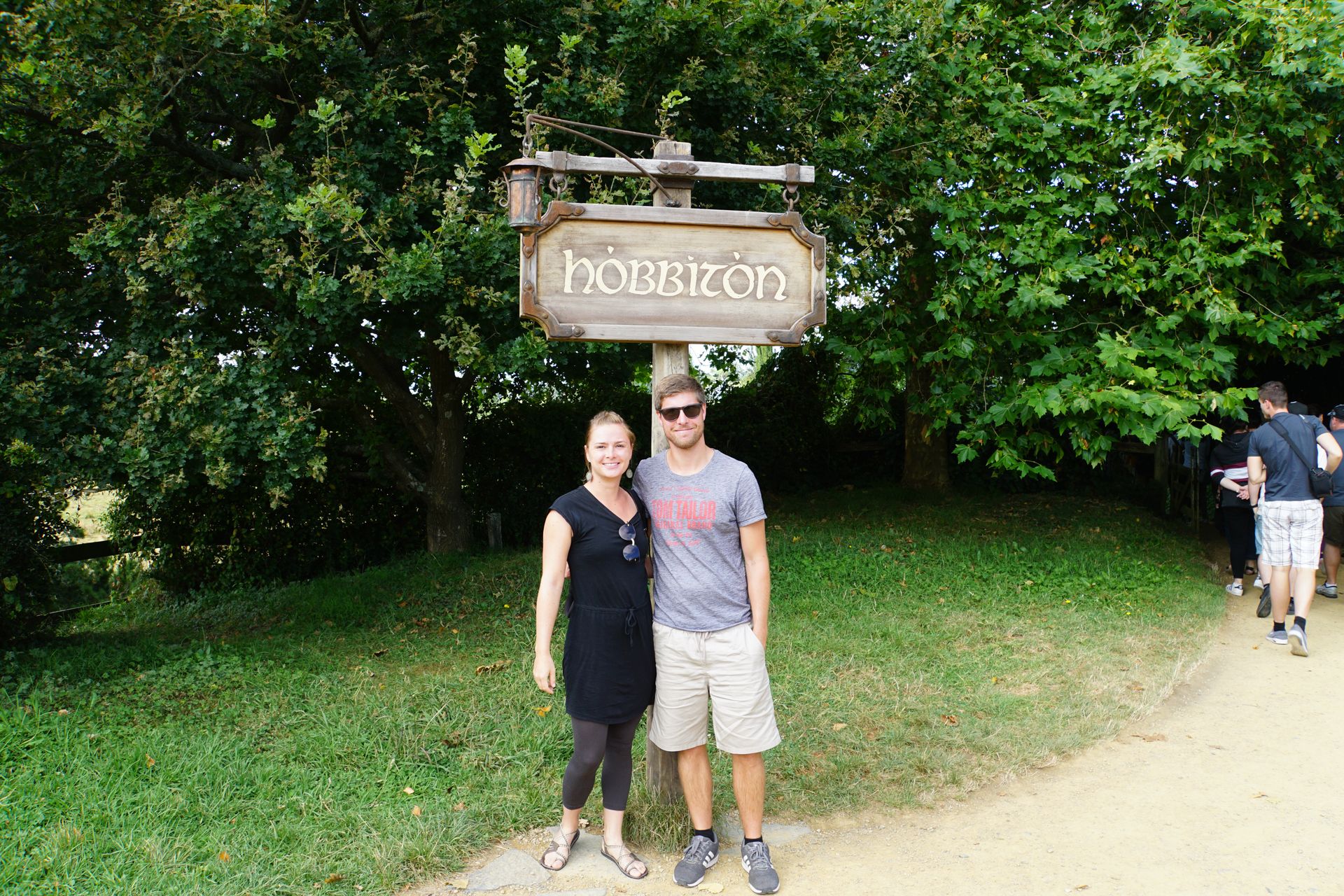
When preparations for the filming of The Lord of the Rings movies began in 1998, the location scouts quickly discovered the sheep farm of the Alexander family near Matamata, which was to serve as the backdrop for the evergreen and idyllic Shire. For the first three films, provisional hobbit holes were built. Although the New Zealand military had already built an access road, which is still preserved today, the hobbit holes were only made of plywood and styrofoam, with their characteristic round and colorful entrances. Many of them were merely props placed on the raw earth. After filming, everything was supposed to be dismantled again, but the New Zealand rain, which makes the fields and meadows so green and lush, thwarted this plan and the demolition work had to be stopped. Soon after, the first Lord of the Rings fans came and admired the partially dismantled hobbit doors. Just two years later, the remaining set became a tourist attraction, and guided tours were offered. For The Hobbit films, which began filming in 2009, the set team of Sir Peter Jackson returned. However, this time, the Shire was built as a permanent scenery. Instead of 9 months, the craftsmen built for around 2 years and created a total of 44 unique hobbit holes (mostly facades, as none of the hobbit holes are furnished on the inside), each one different and adapted to the preferences of the respective fictional resident. So there is a hobbit who likes fishing with fishing gear and smoking chamber in the garden, a cheesemaker and a baker, a beekeeper and a gardener, and of course, the village drunkard near the well.
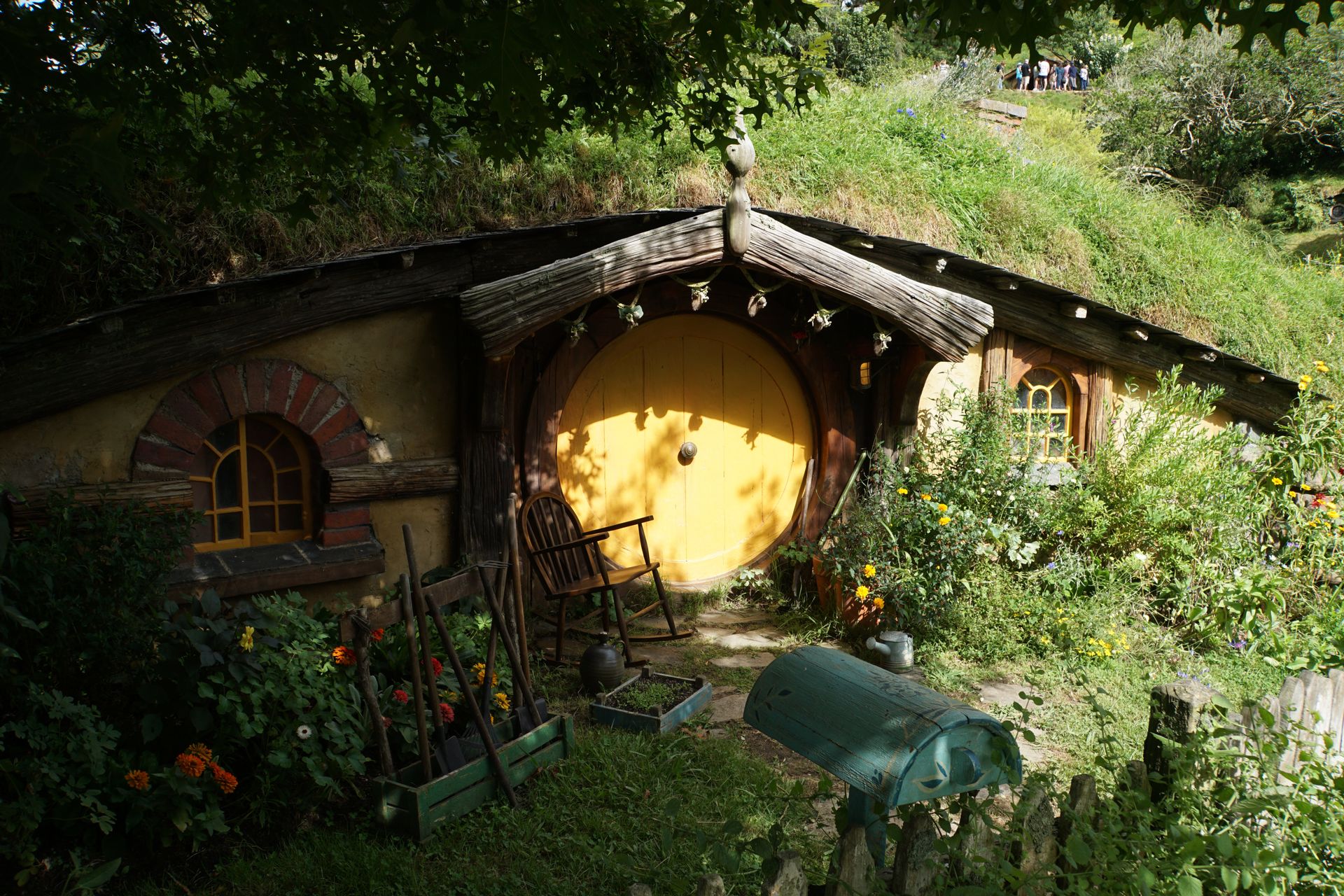
A yellow cave with a well-kept garden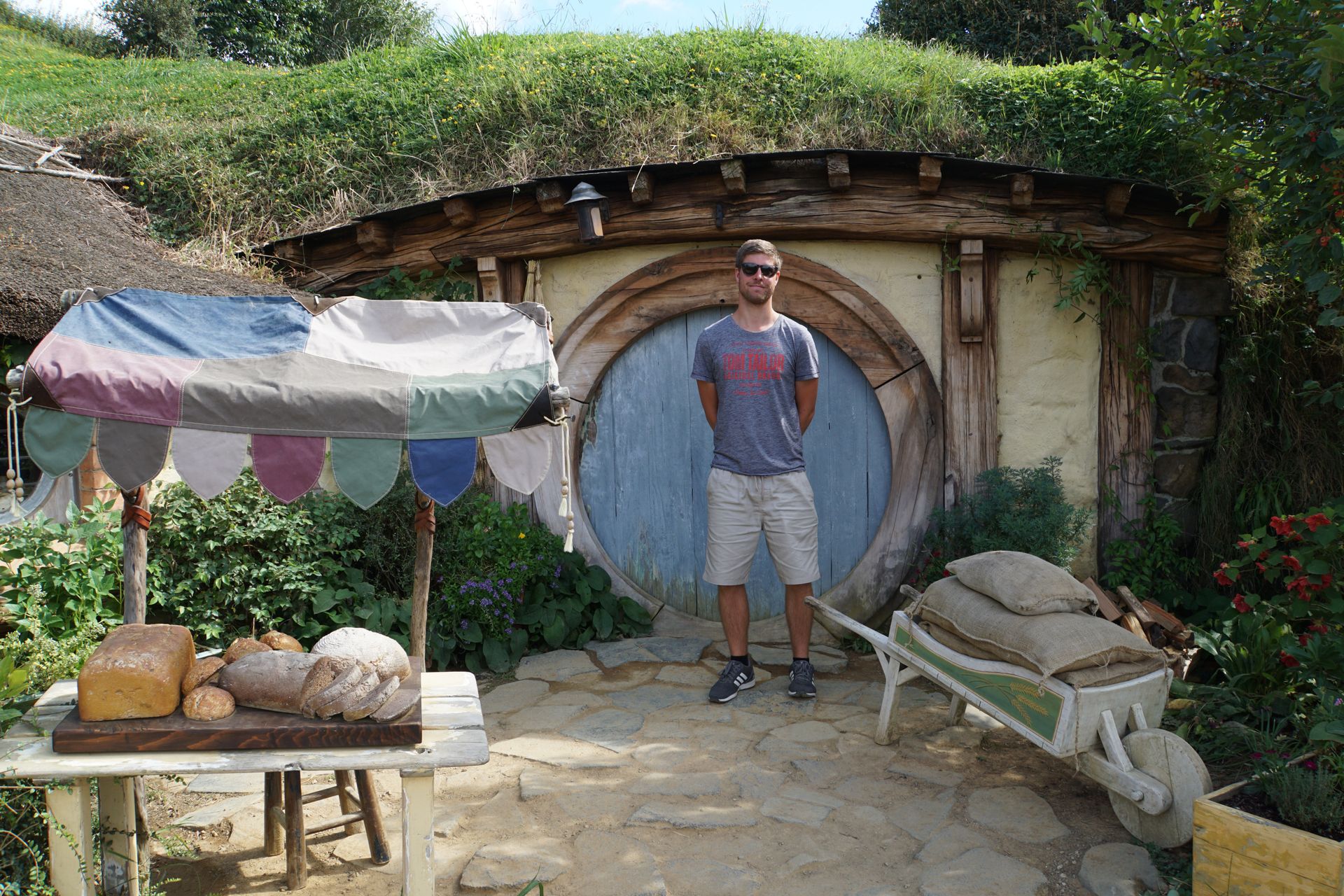
Here, they bake and sell bread

The entire set is built with incredible attention to detail. After our tour at the Warner Bros. film studios, we didn't expect that at all. Only in two hobbit holes can you go a little way into the mountain. Namely, Bag End, Bilbo and Frodo's house, and Sam's house.
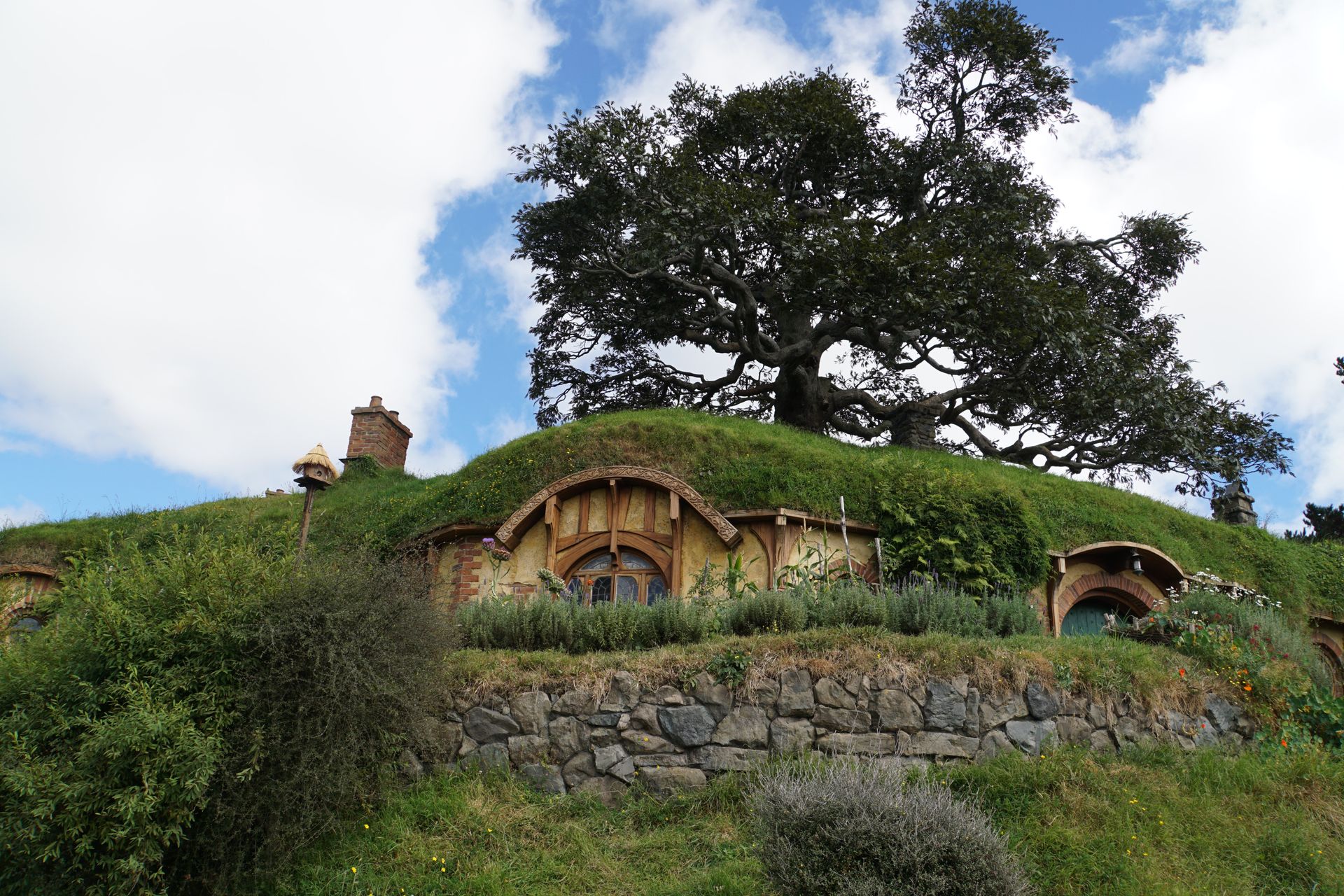
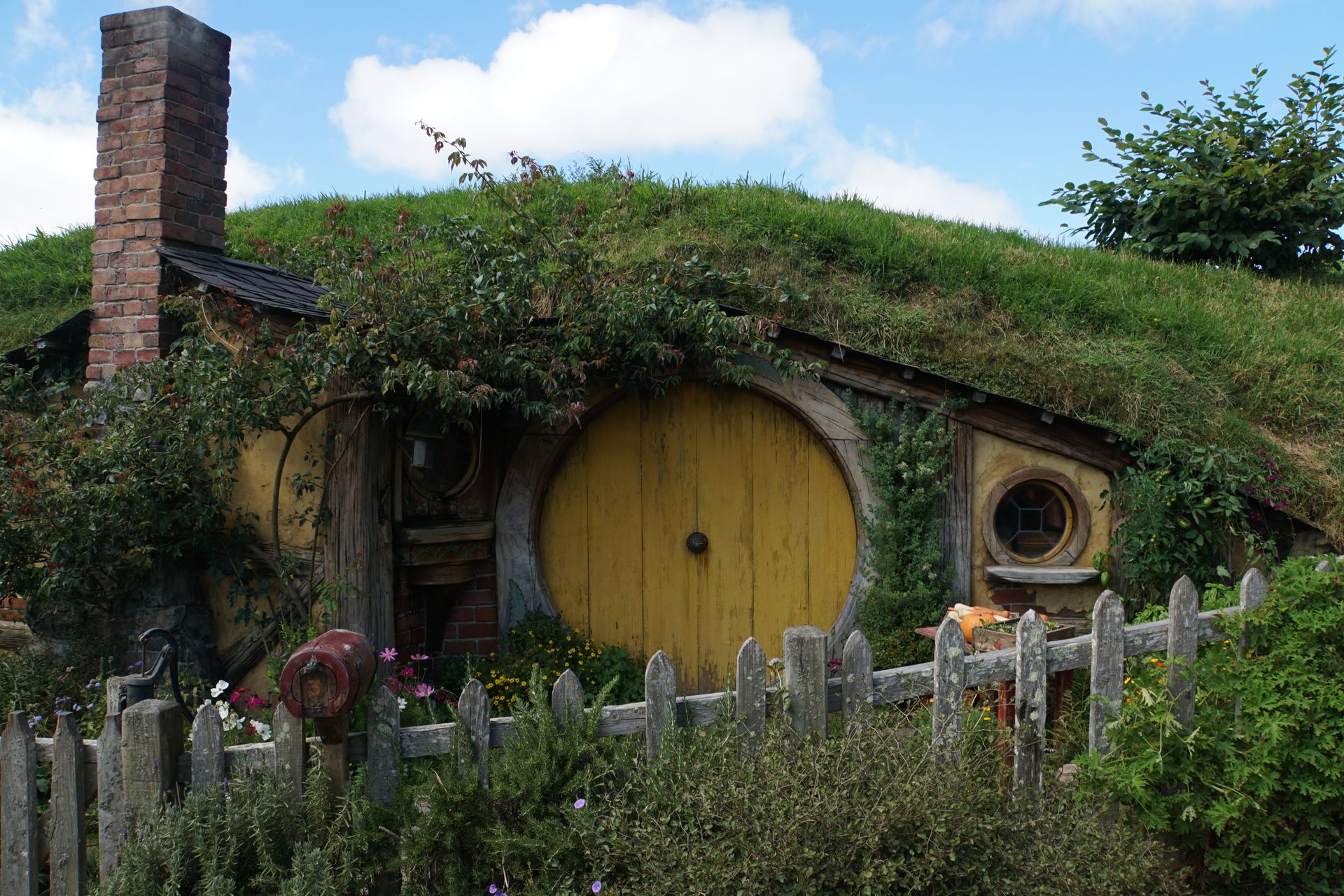
Here, Sam lives with his Rosie
Of course, we don't just admire the set, but also learn many funny and exciting facts about the filming and the sets. For example, that the two children in the last scene of 'The Lord of the Rings: The Return of the King,' who greet Sam upon his return, are the real children of the actors who play Sam and Rosie. Or that the actor who plays 'old Bilbo Baggins,' who gives a speech under the tree on the festival meadow for his 111th birthday, had never set foot in New Zealand. Sir Peter Jackson considered the old gentleman too fragile for the long flight, had an exact replica of the tree trunk made, and the rest of the scenes were filmed in front of a green screen. Another 'fun fact' concerns the tall tree above Bag End. Upon closer inspection, we notice that this 'old oak' is not a real tree. Rather, it is a masterpiece of set design and consists of wire and silicone. 200,000 plastic leaves were ordered from Taiwan for the leafy canopy, which were individually attached. And it gets even crazier: about 10 days before filming began, the director noticed that the green of the leaves had the wrong shade of green - so a staff member, hanging from a crane above the tree, had to spray each leaf in the right color...200,000 pieces in 10 days!
Many of the hobbit holes are different sizes to be able to represent the correct proportions of Gandalf and the hobbits, for example, with the appropriate camera angle (at this point, we also refer to the optical illusion with the table at the Warner Bros. Studios in our LA blog). So there are 100% hobbit-sized, 75%, and 50% hobbit-sized holes.
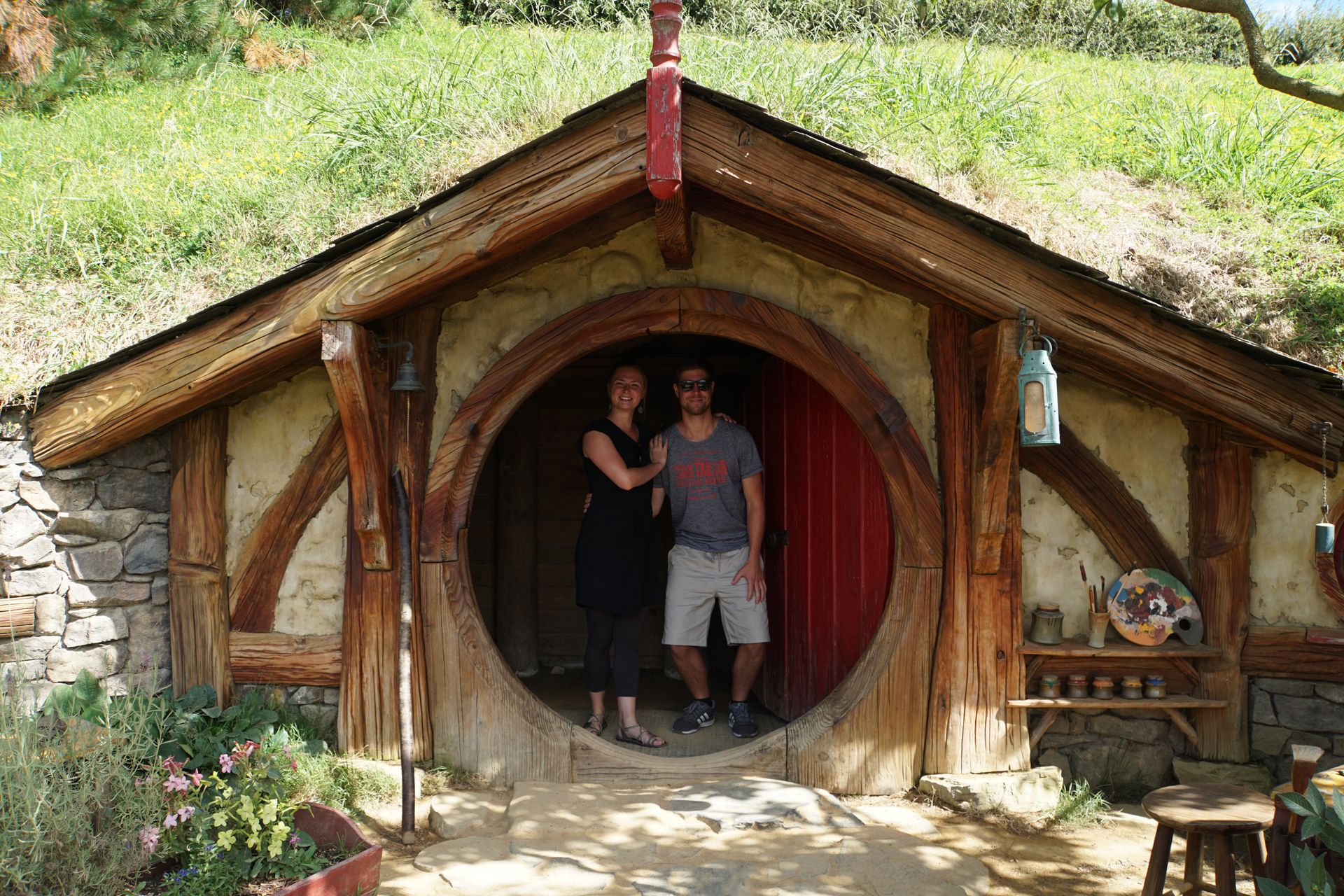
Here, we are as 'tall as hobbits,' at least Laura
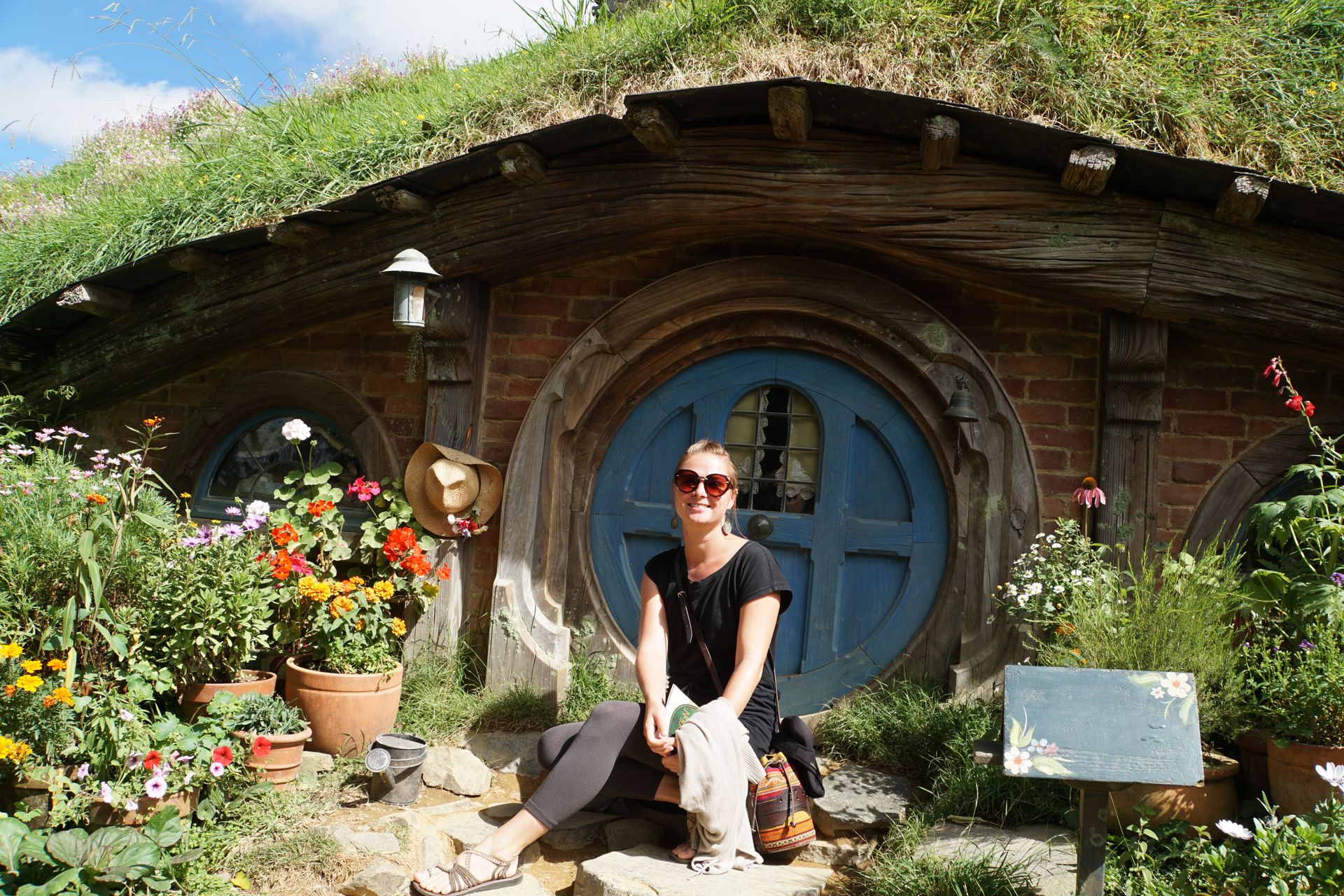
Here, Laura, with her 162cm height, looks like a giant!
After a cool cider at the Green Dragon Inn, our adventure in the Shire ends. The beer and the cider are brewed exclusively for the set tour and can only be bought there. We had a lot of fun. And even though we are not very big Lord of the Rings fans (Yes, of course, we have seen the Lord of the Rings movies, Laura has even read all the books, including The Hobbit; but we're out when it comes to The Hobbit movies), we really enjoyed the morning here. The sets are designed with great attention to detail, and it's just a beautiful spot, this Alexander Farm!
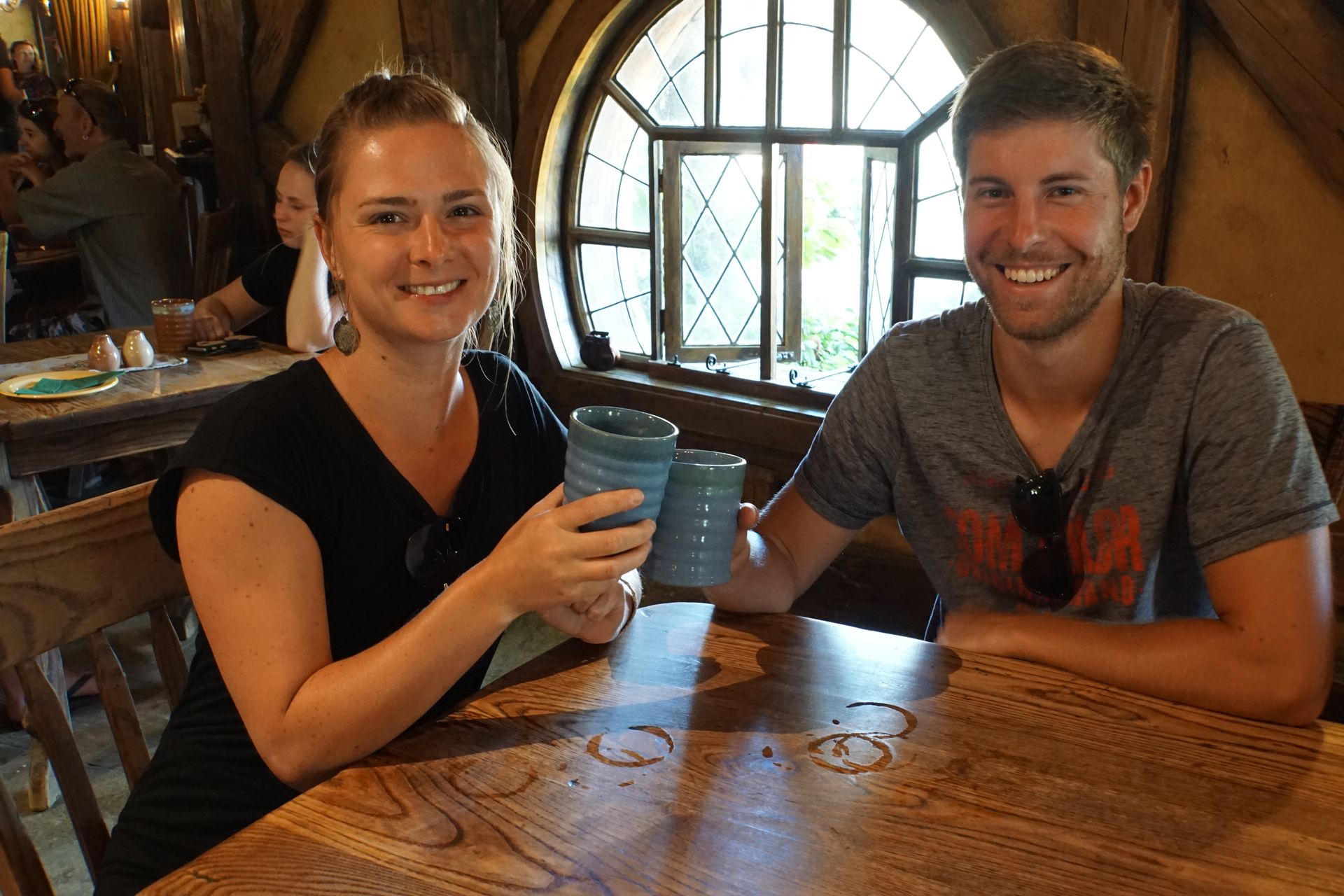
Back at the parking lot, we are unfortunately met with a nasty surprise: our car has a flat tire! And we have no tools in the rental car, only a spare tire. A really helpful Hobbiton employee quickly gets us a toolbox and even changes the tire for us while Laura is on the phone with the rental car company. They immediately make an appointment at a workshop in Matamata, where we arrive 20 minutes later. The guys there fix our tire, and half an hour later, we are back on the road. That was really easy!
Now we are heading to Rotorua, where we coincidentally meet Lisa again, but more on that next time.
Подписаться на новостную рассылку
Отвечать

Отчеты о поездках Новая Зеландия
